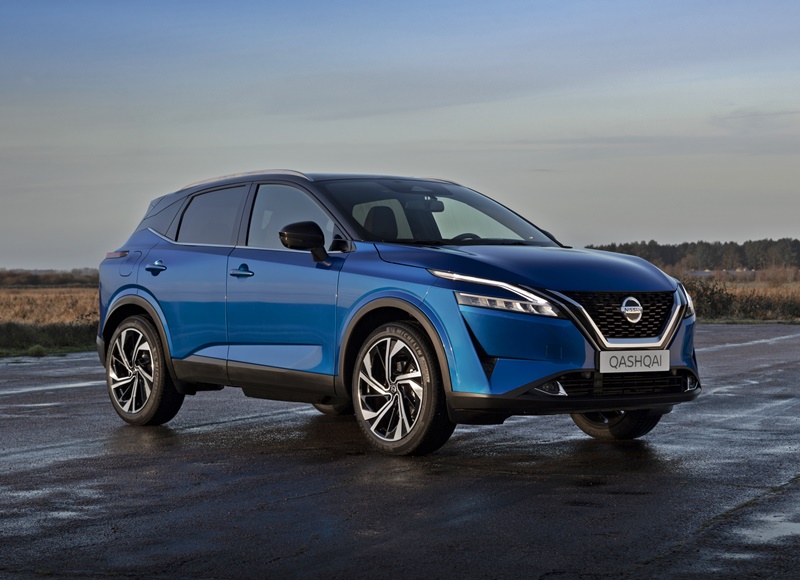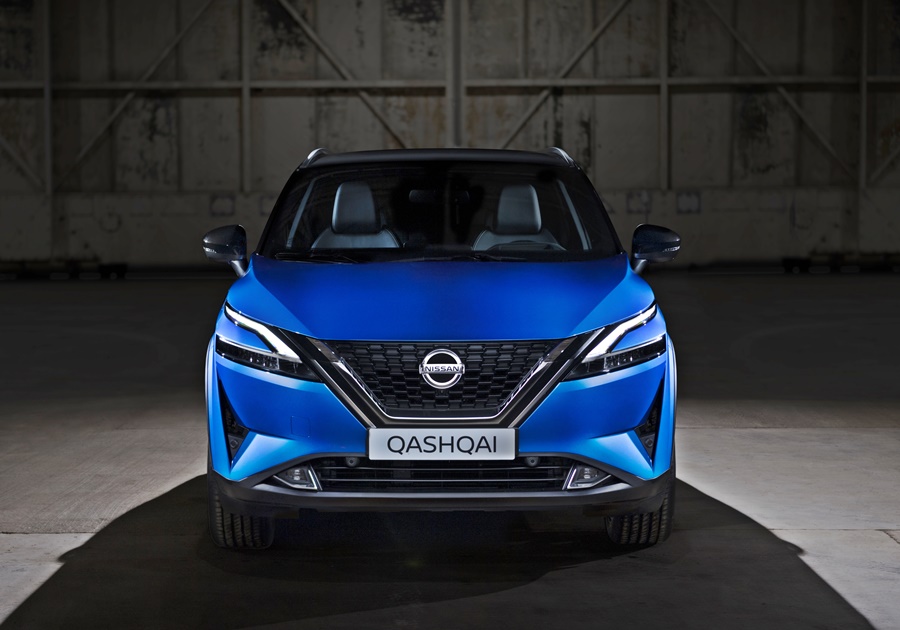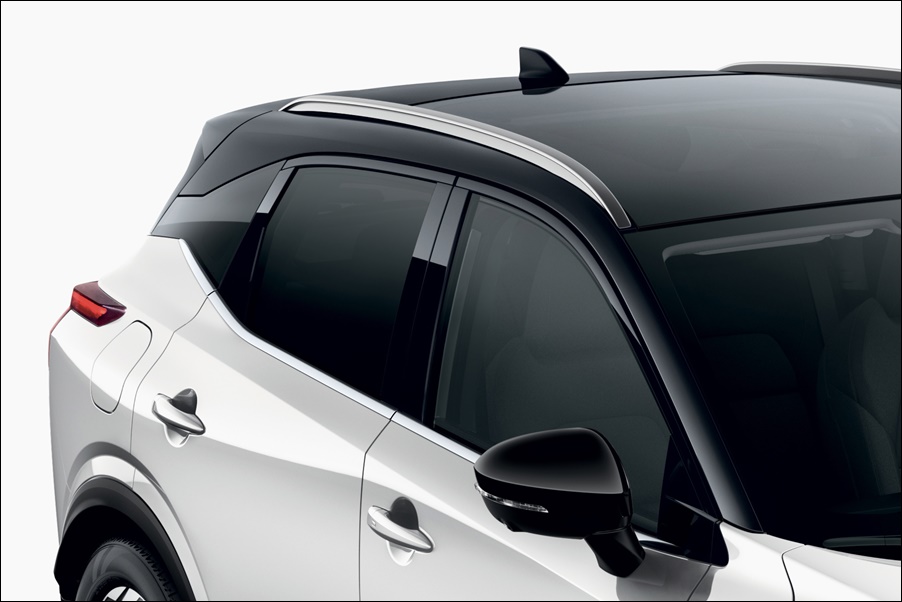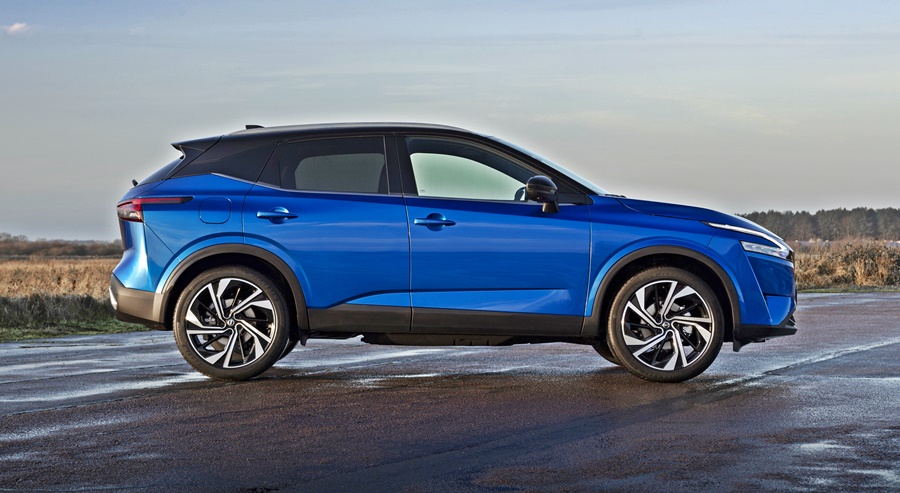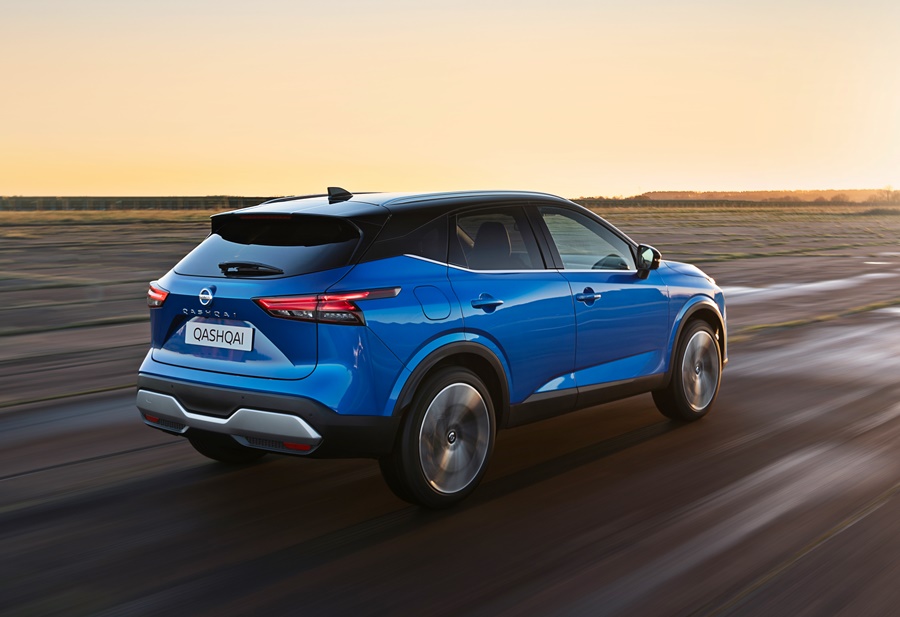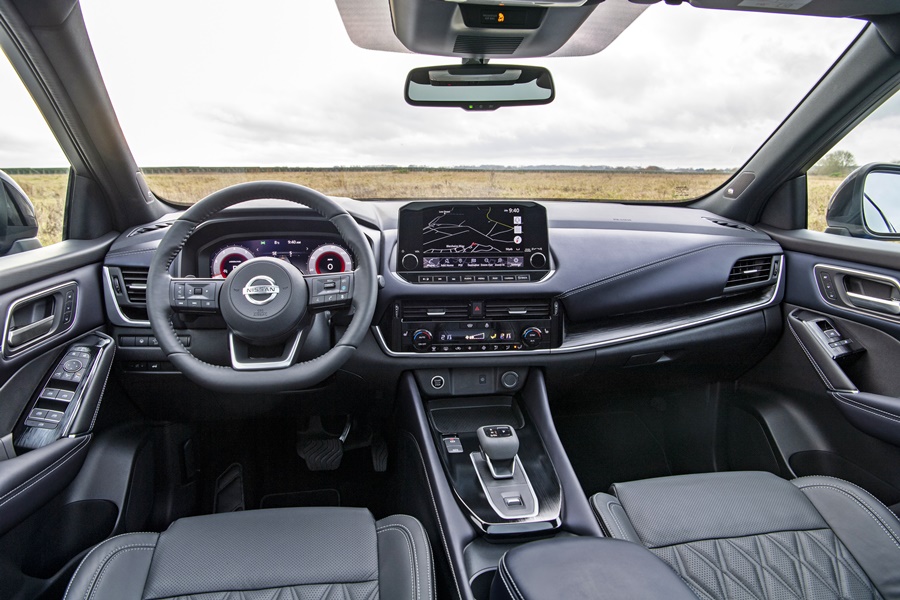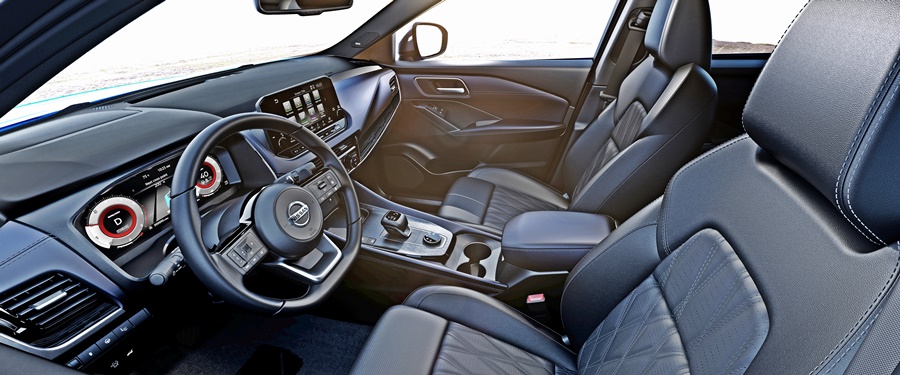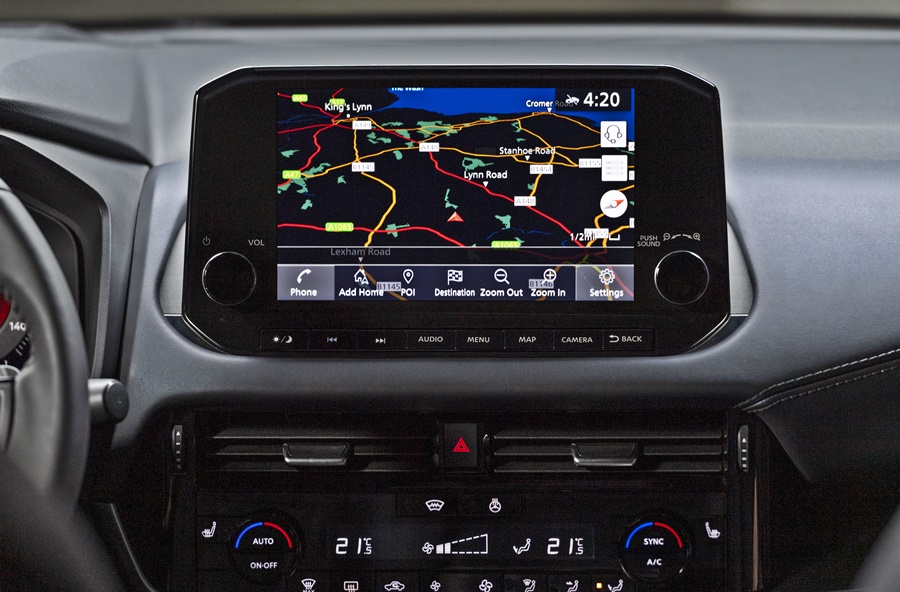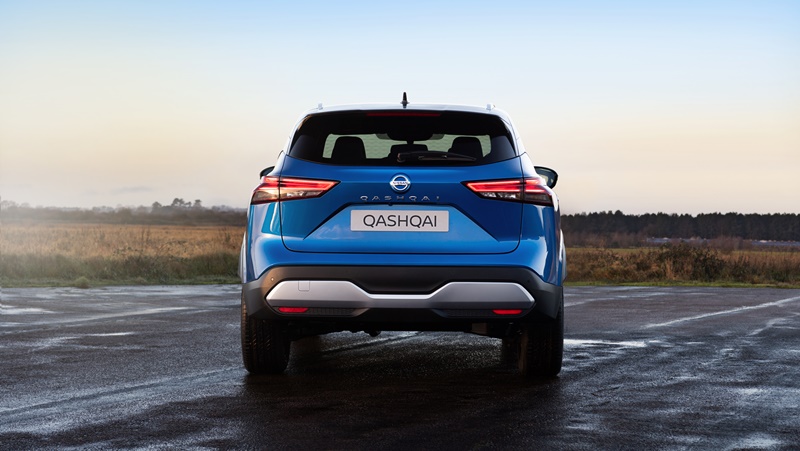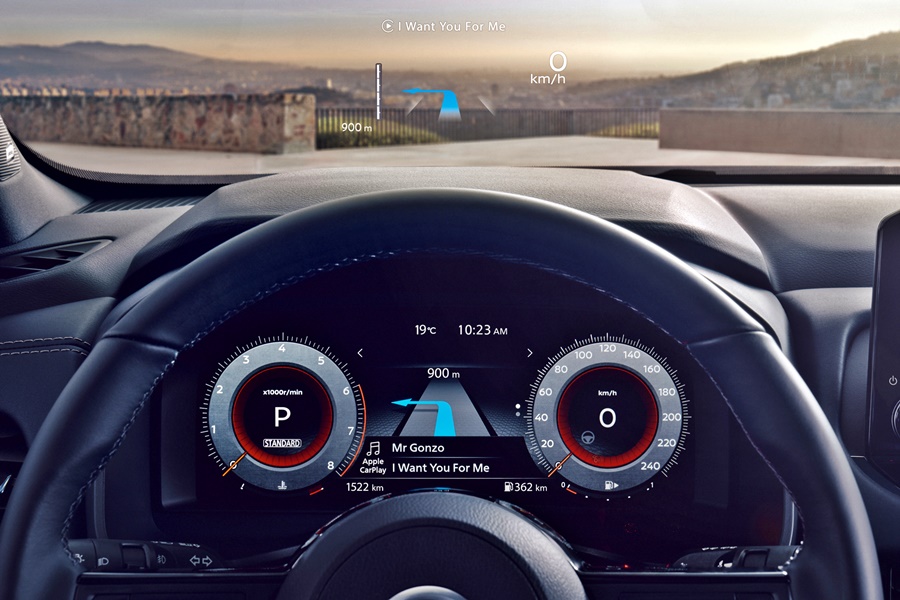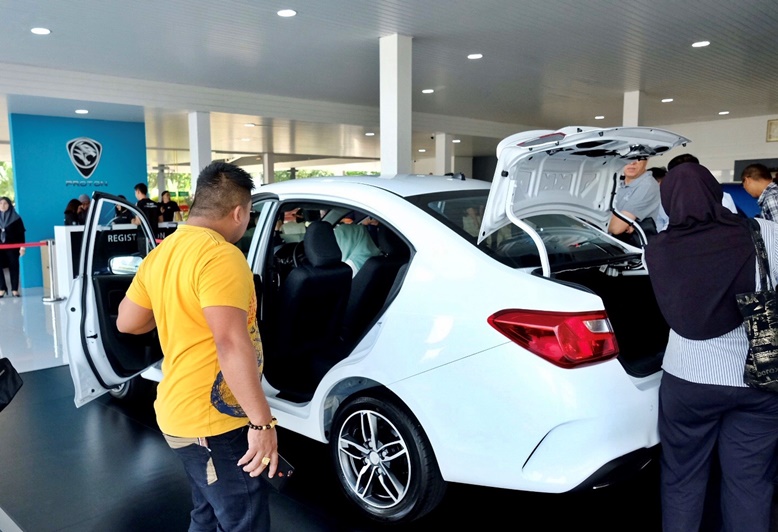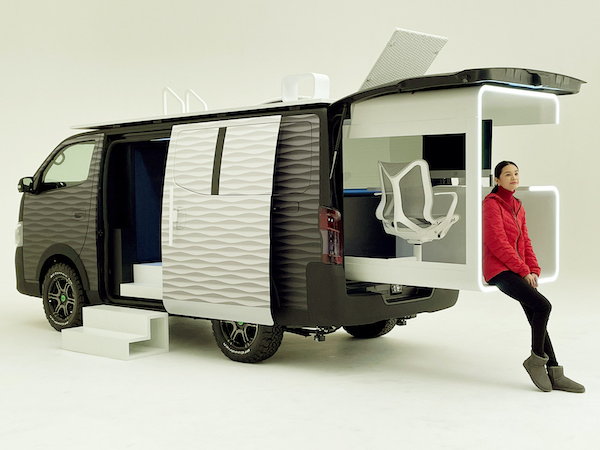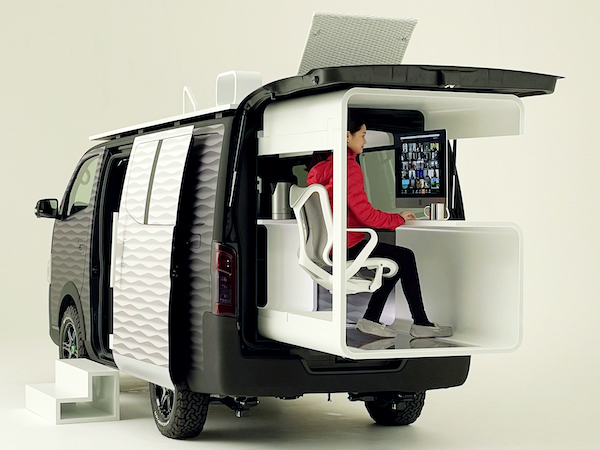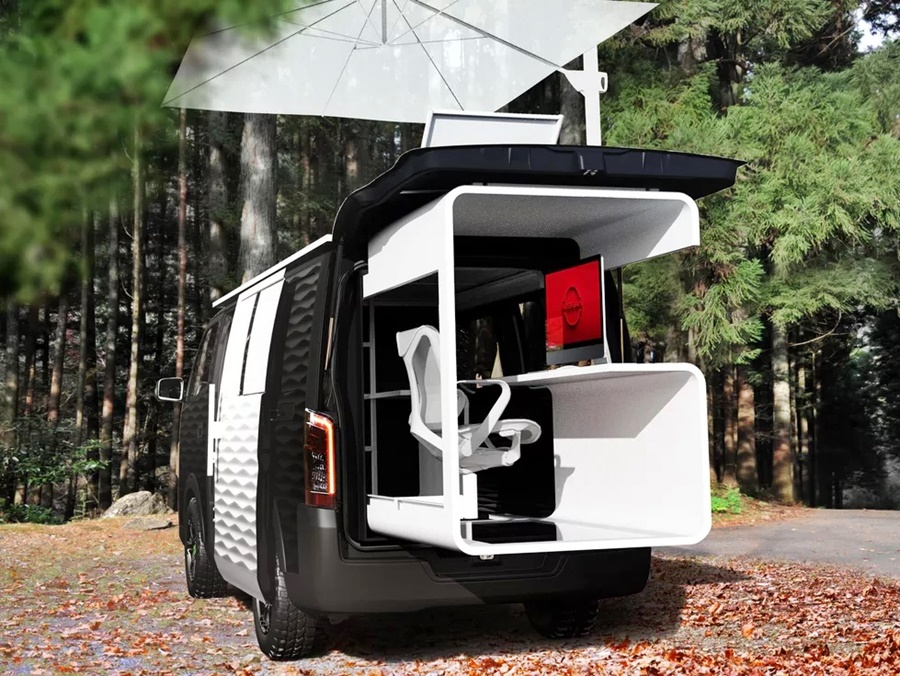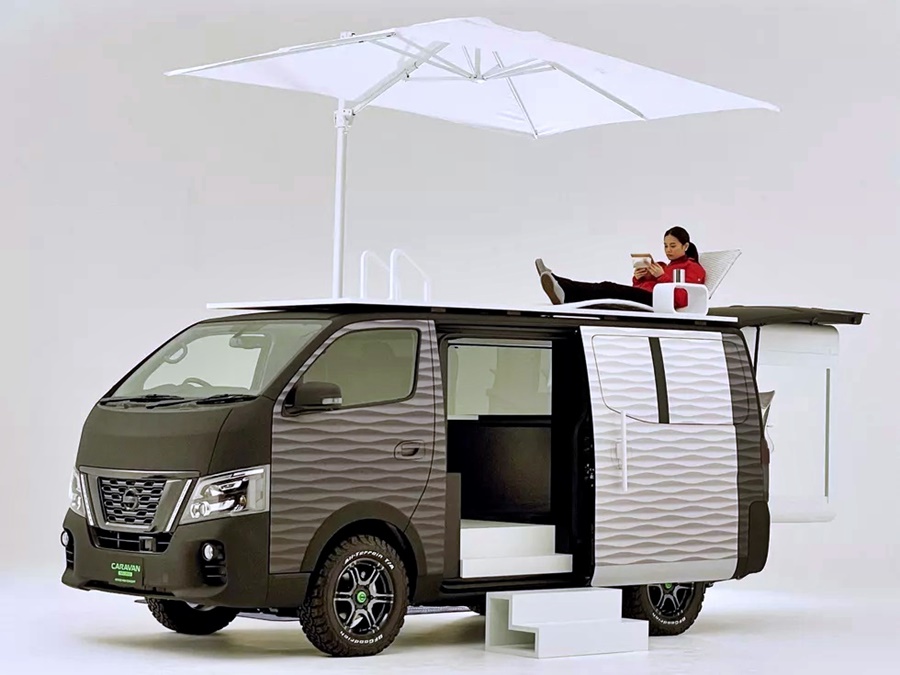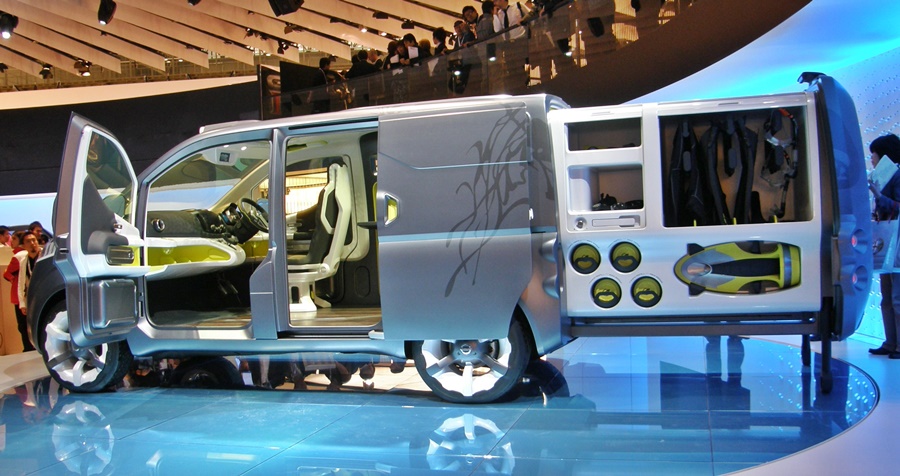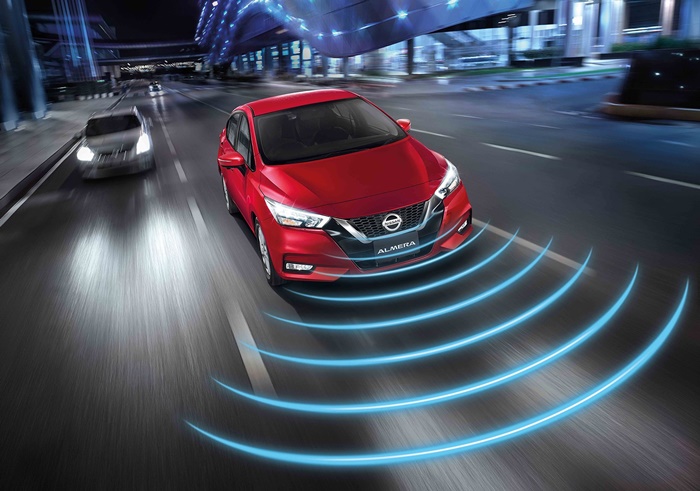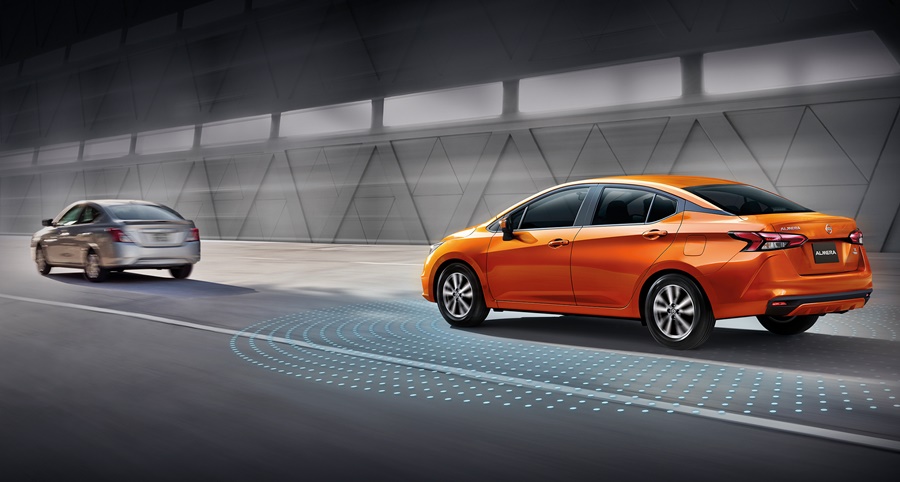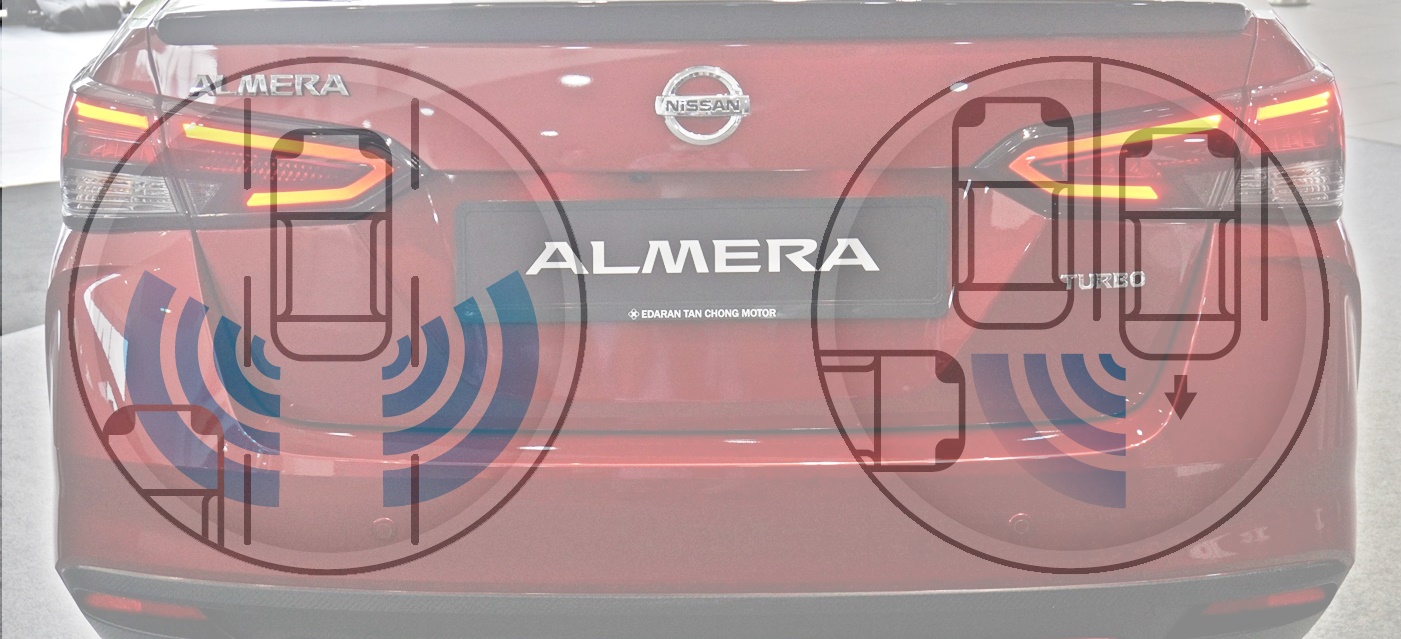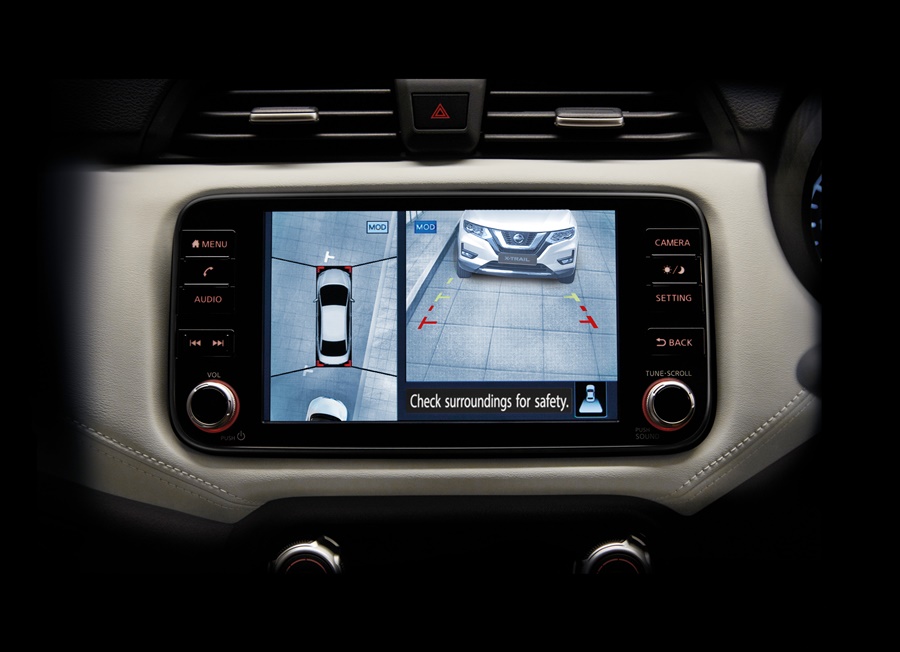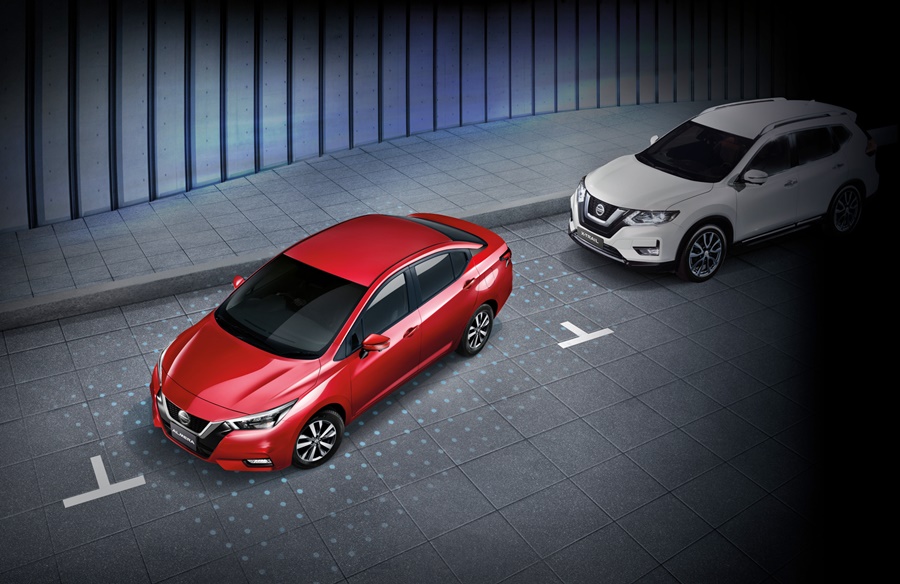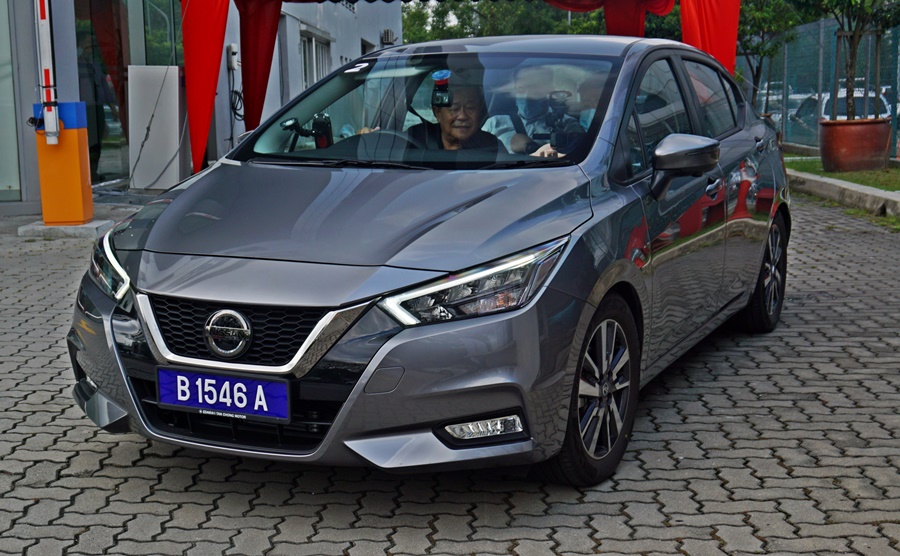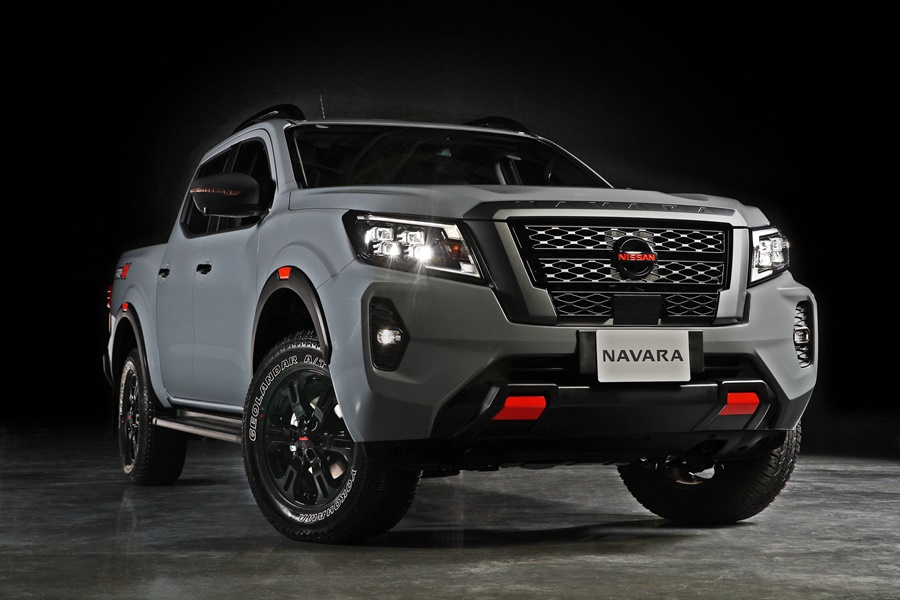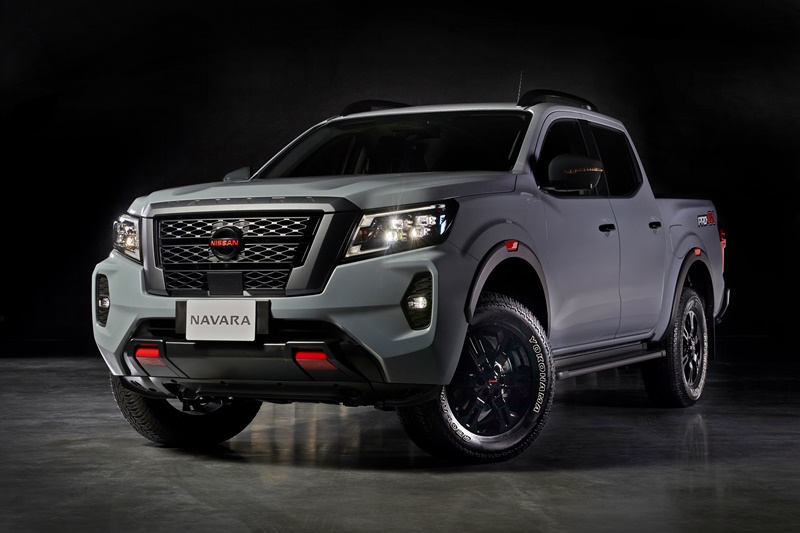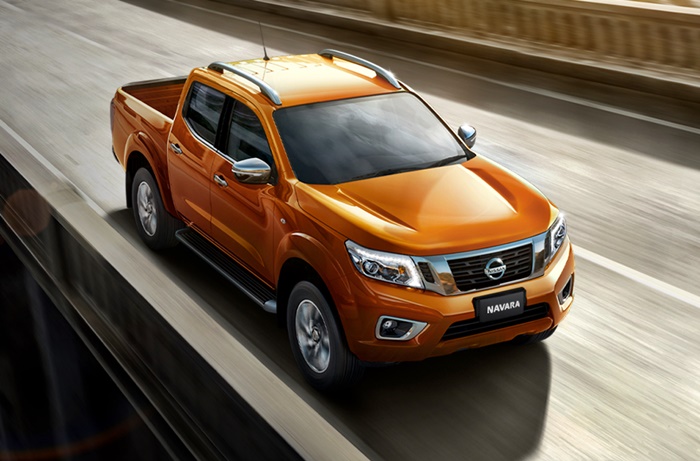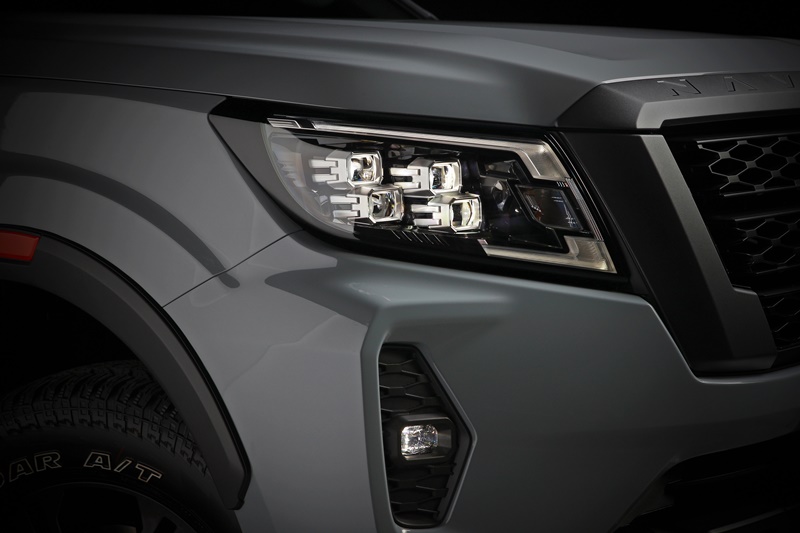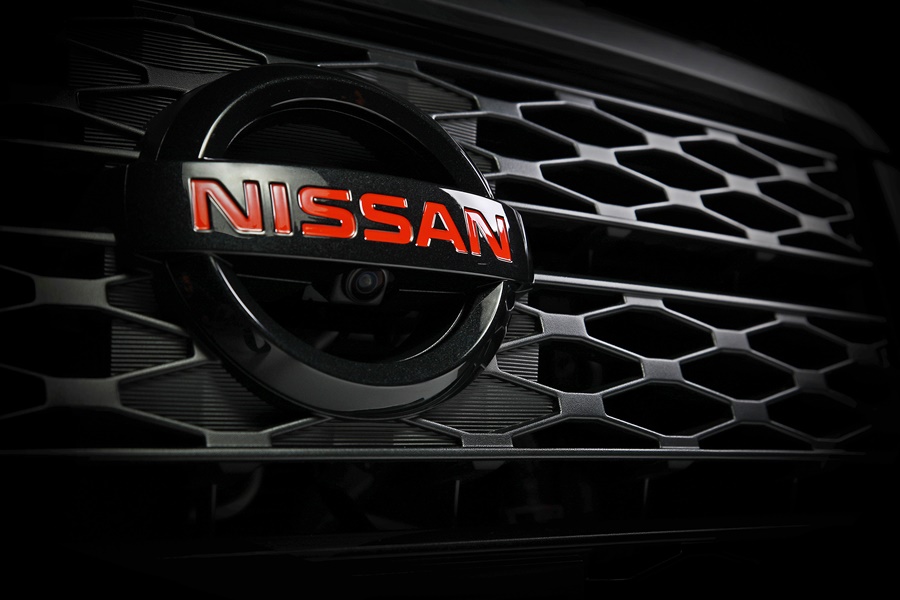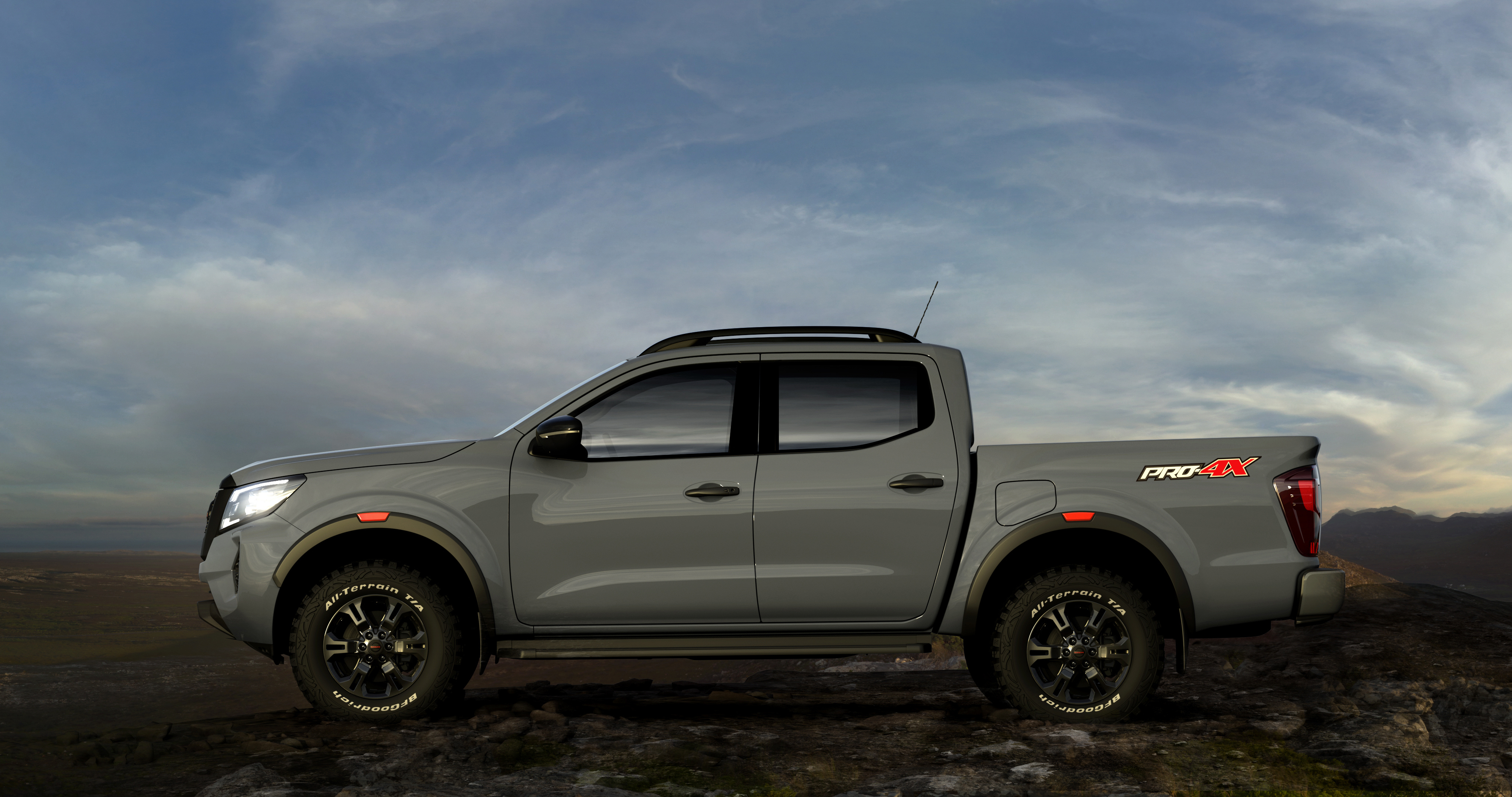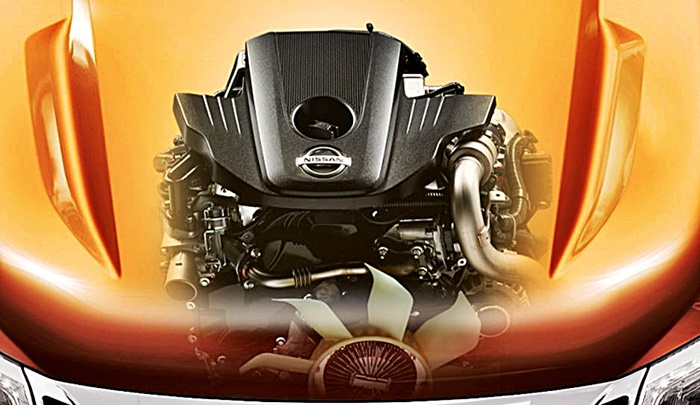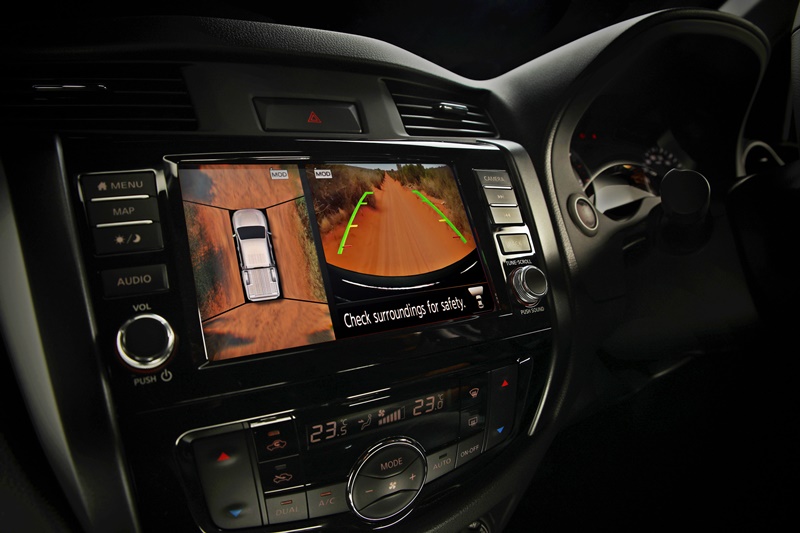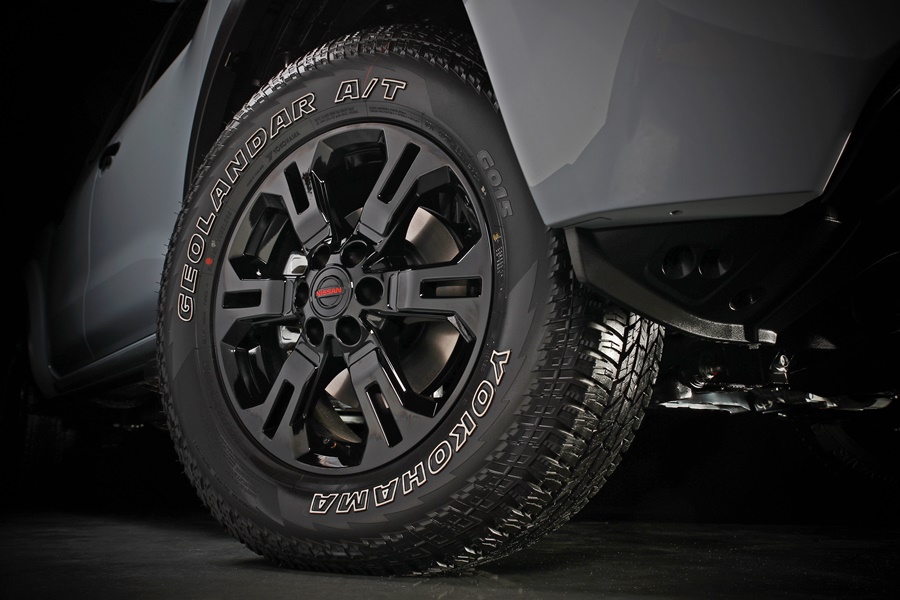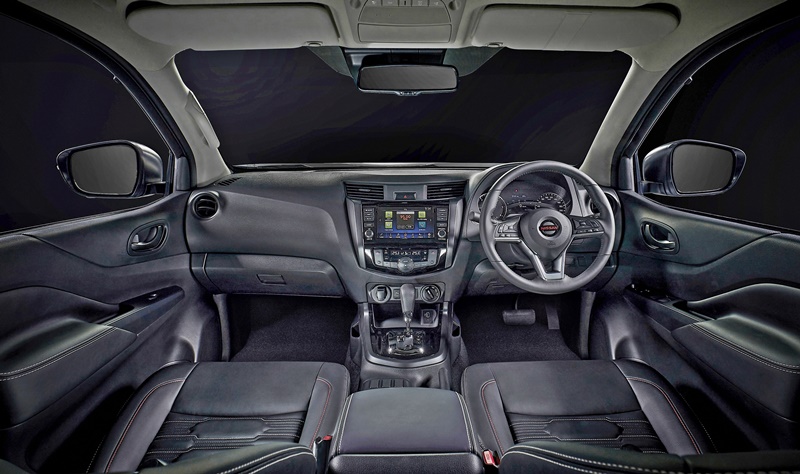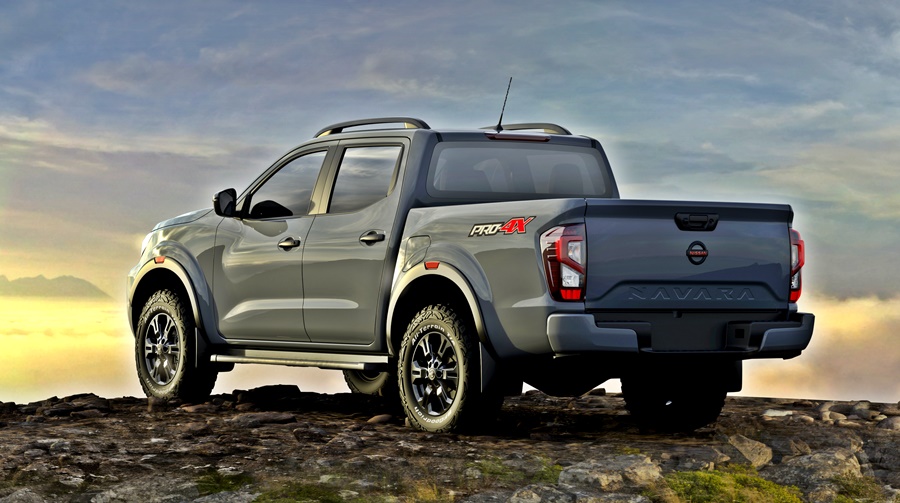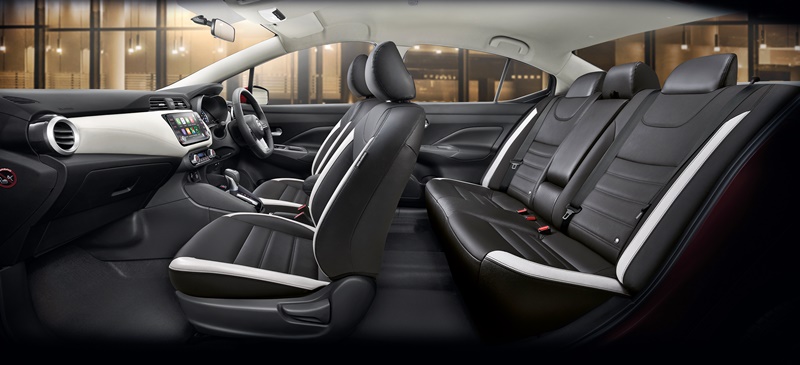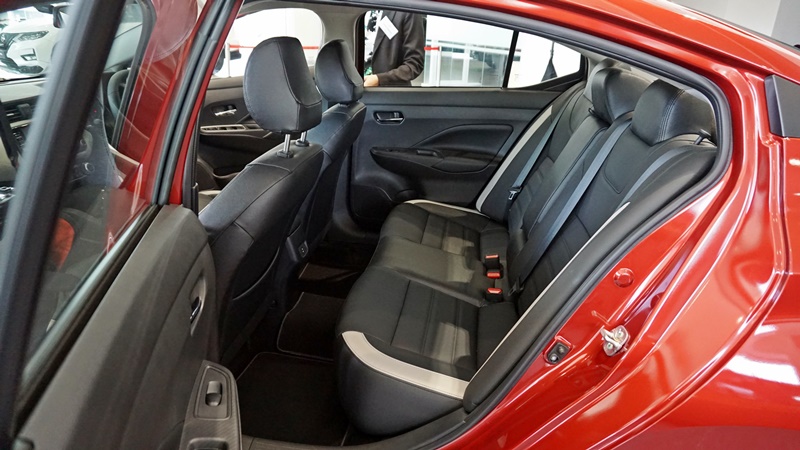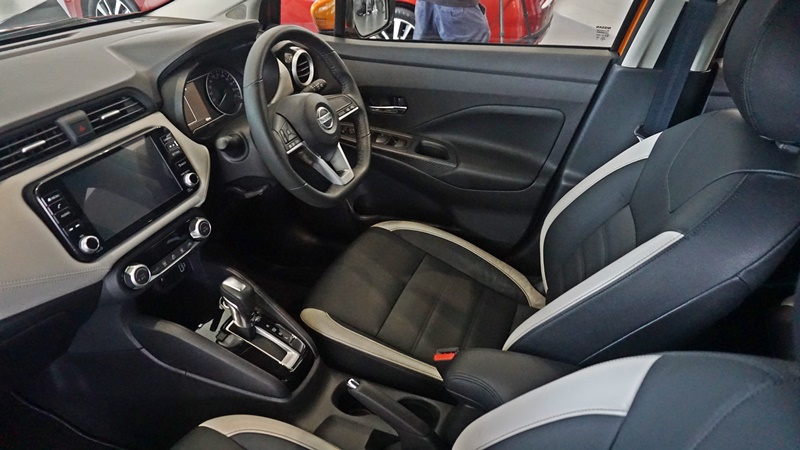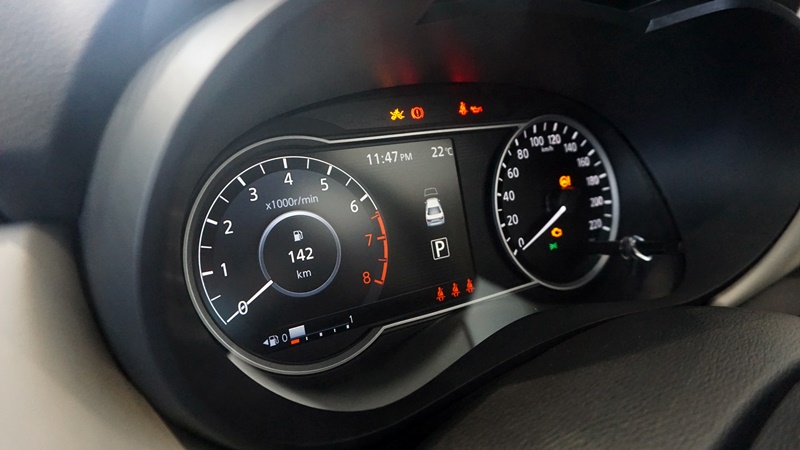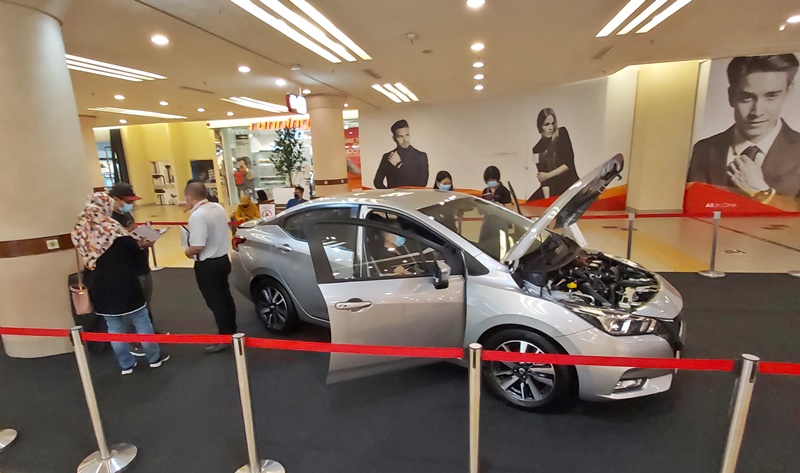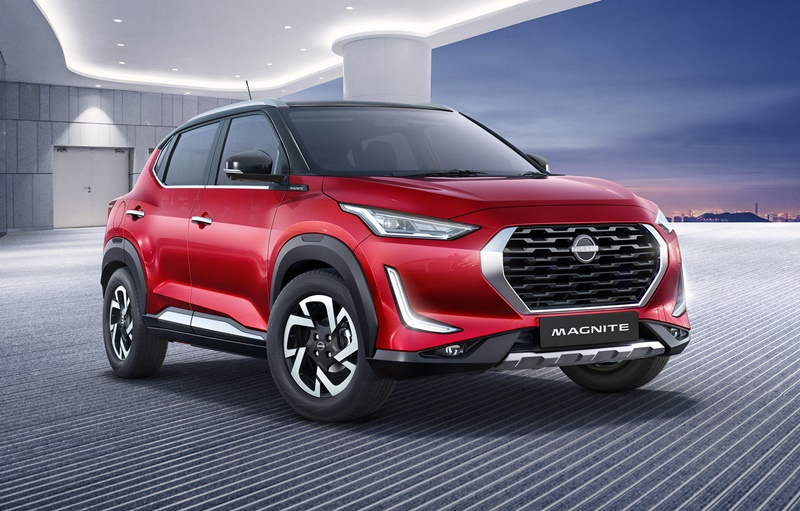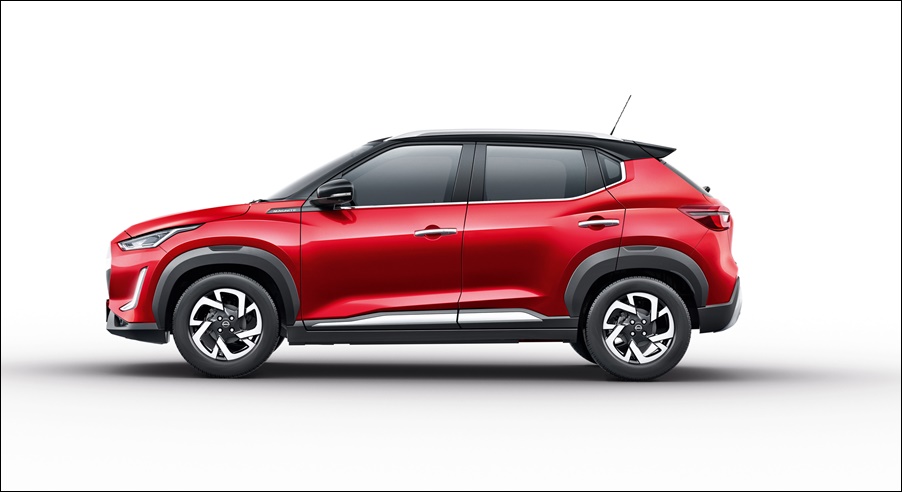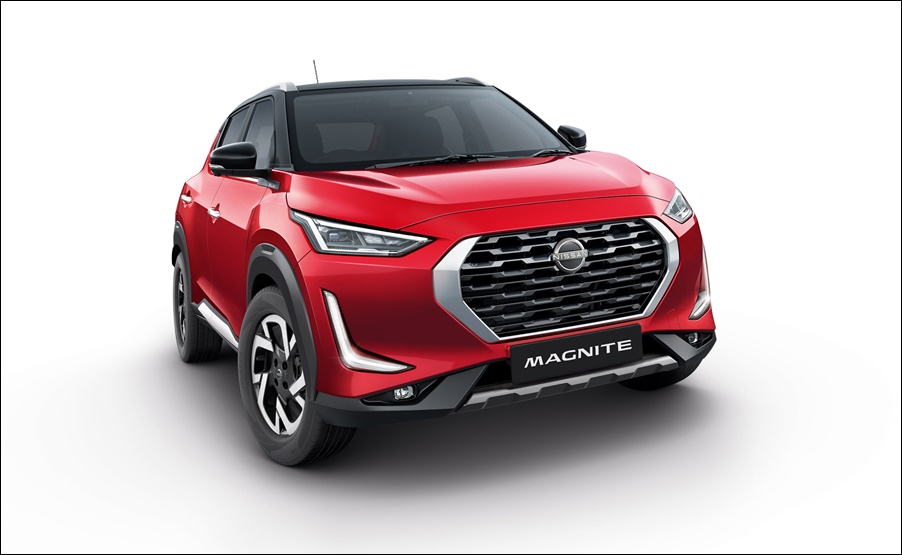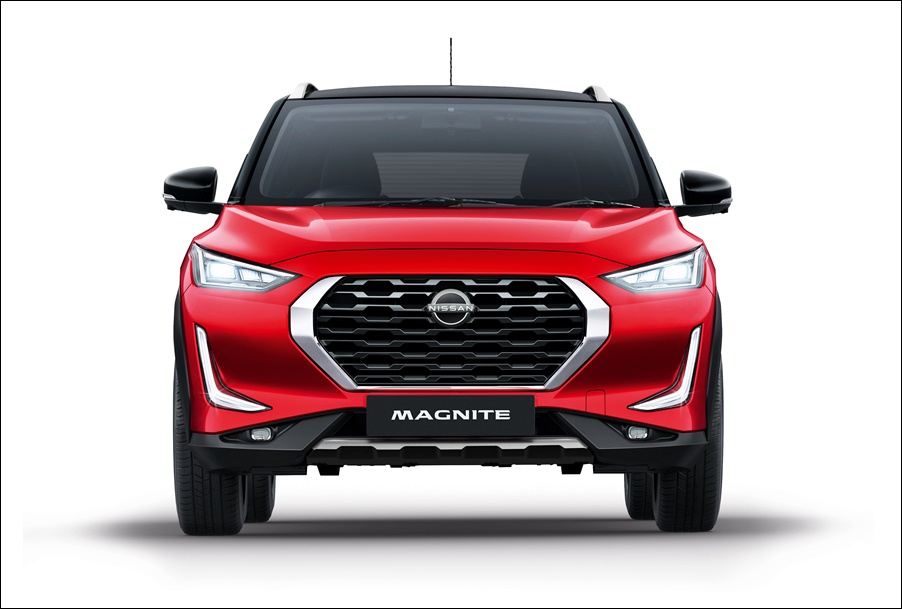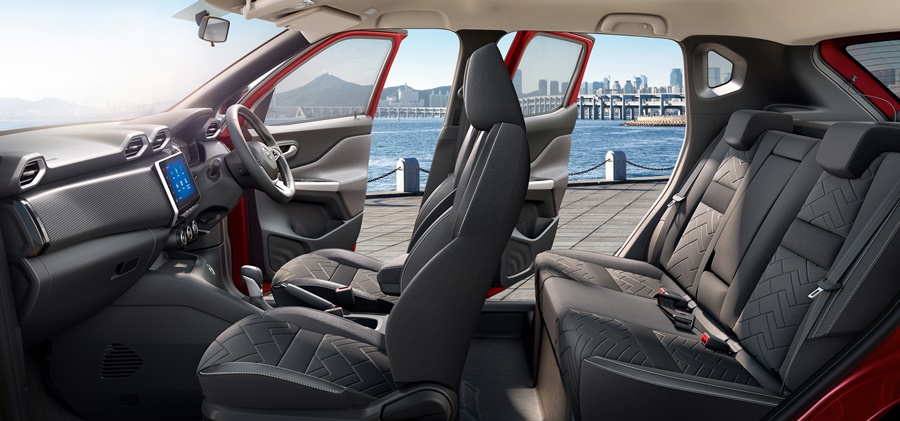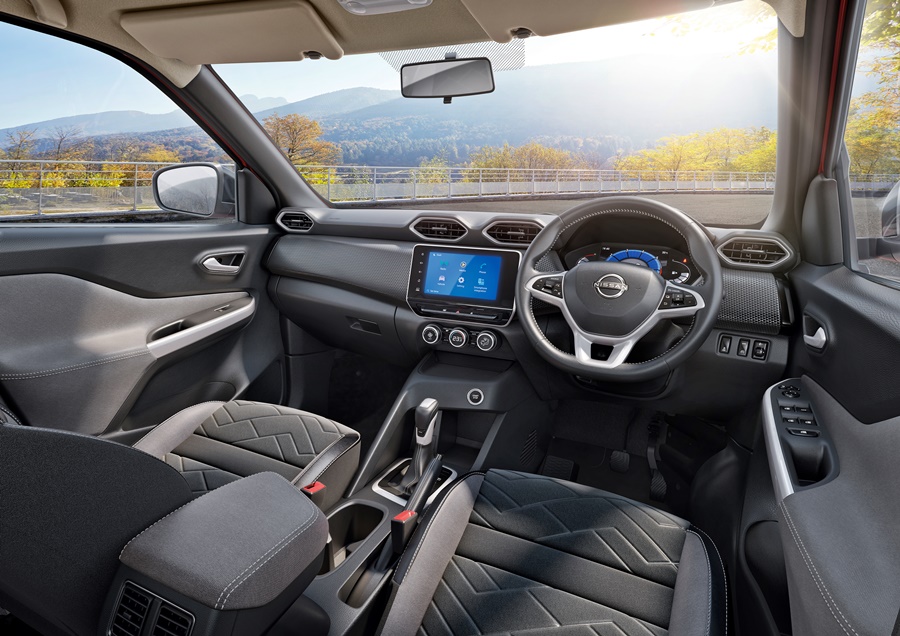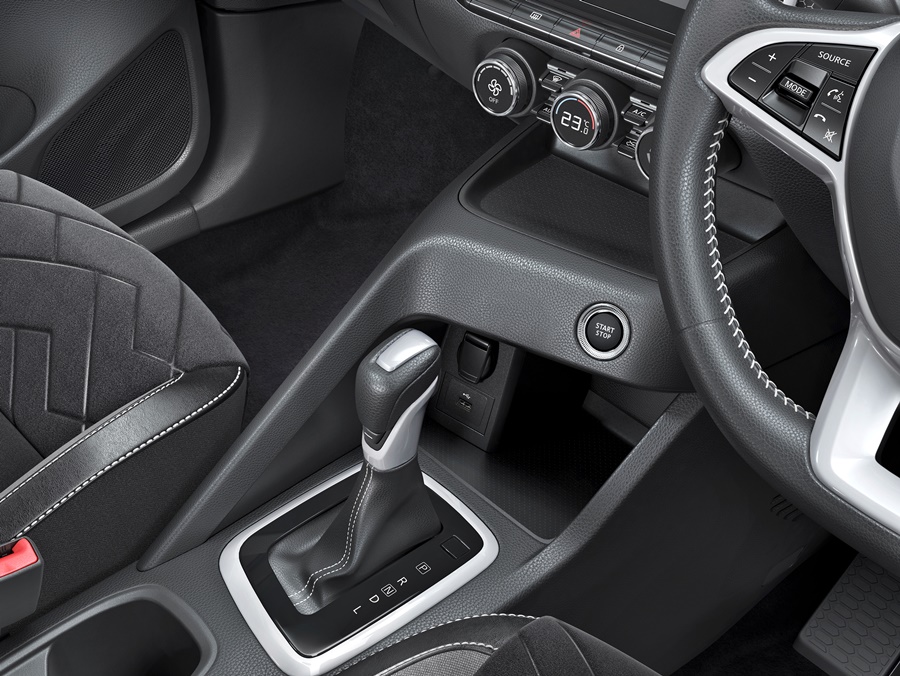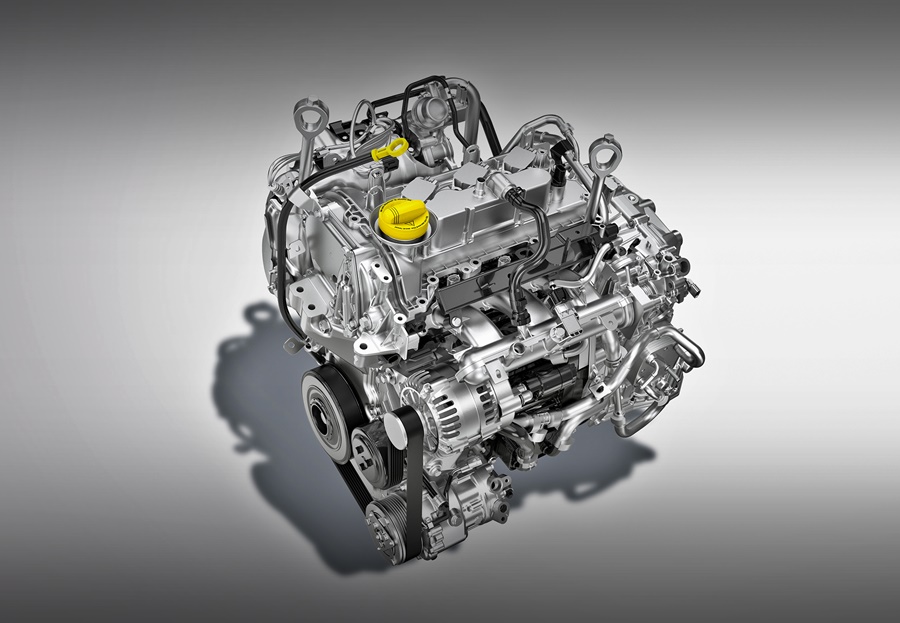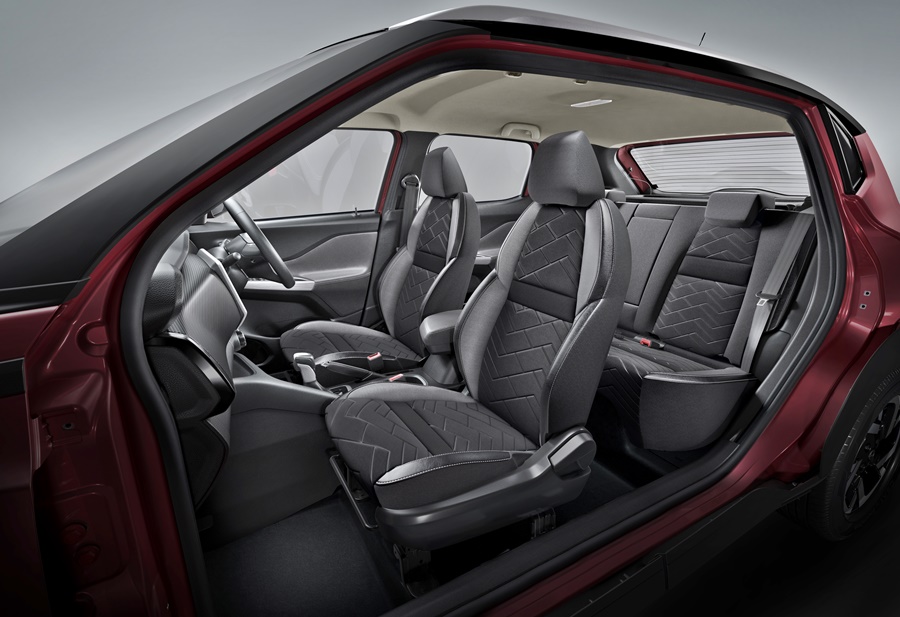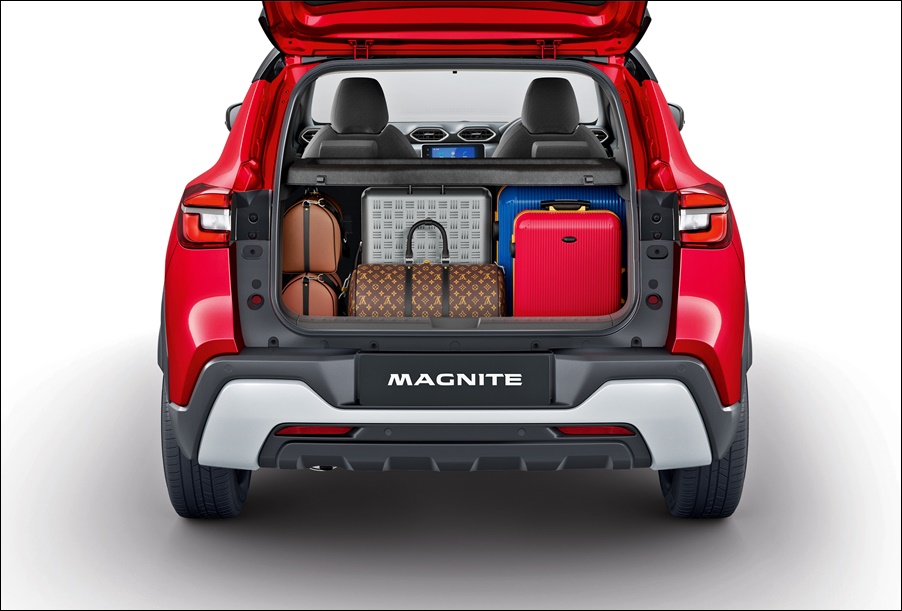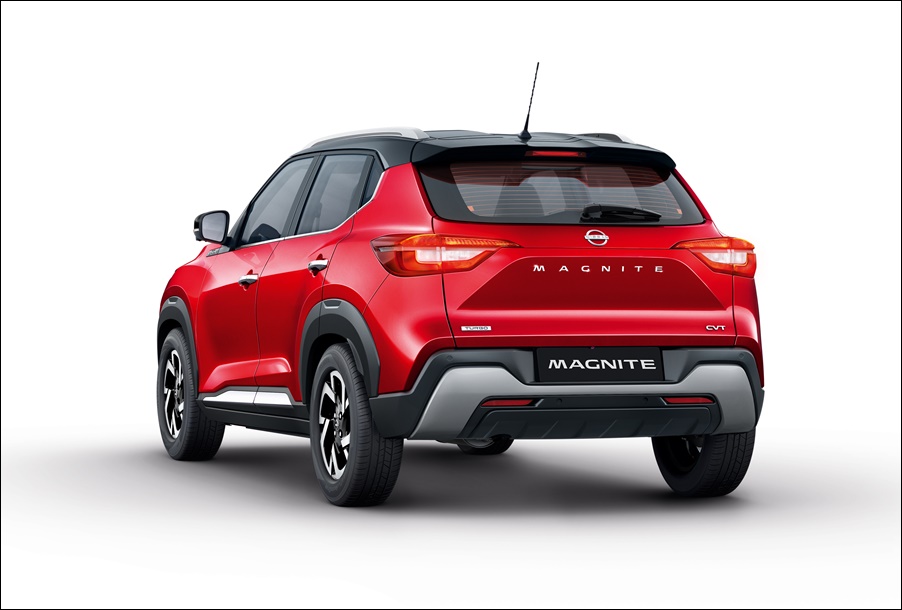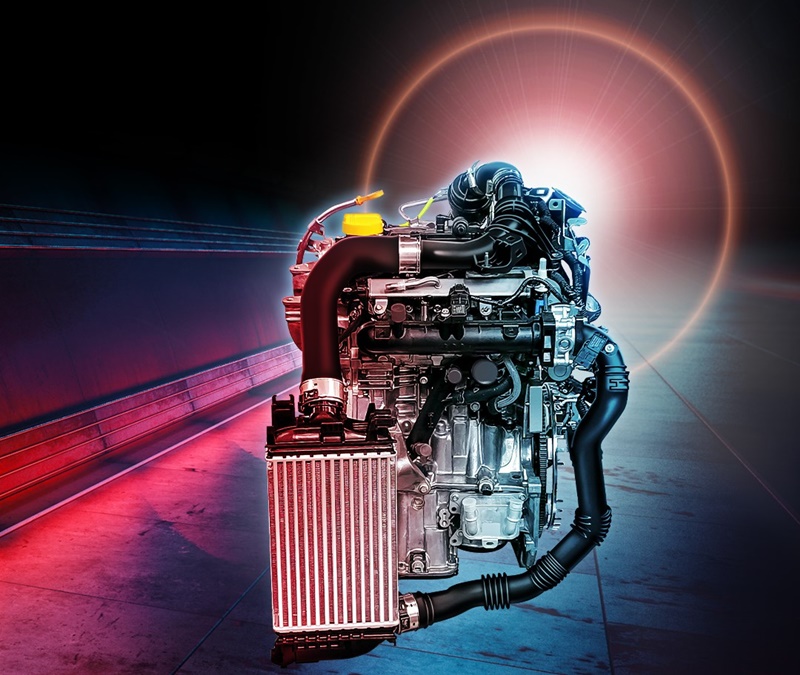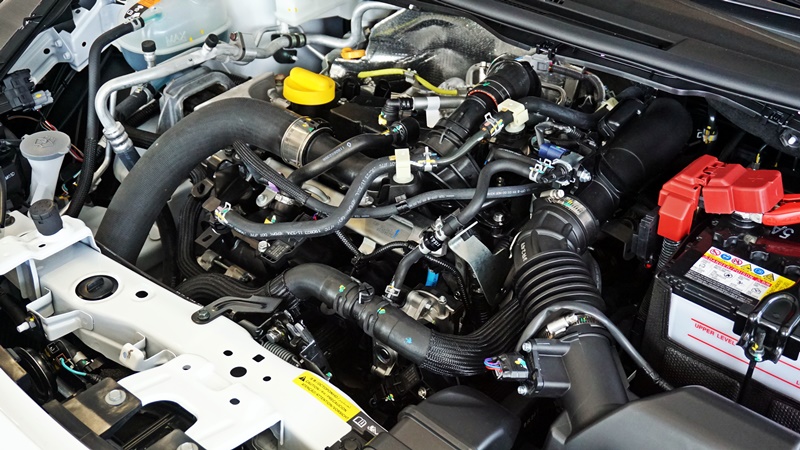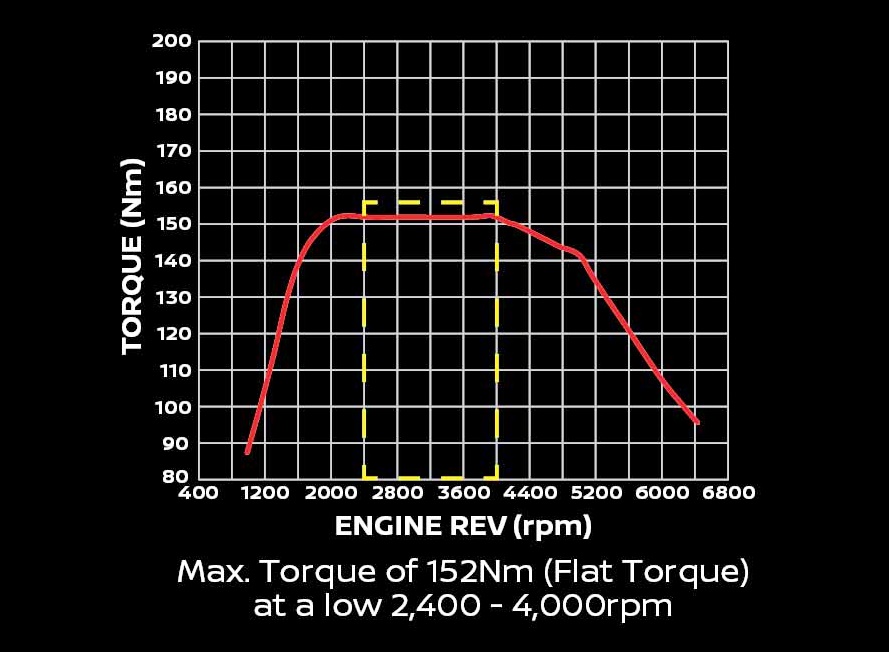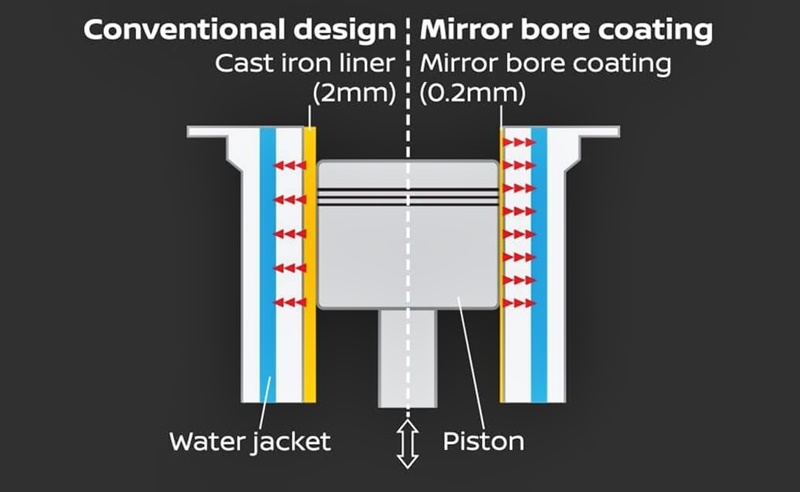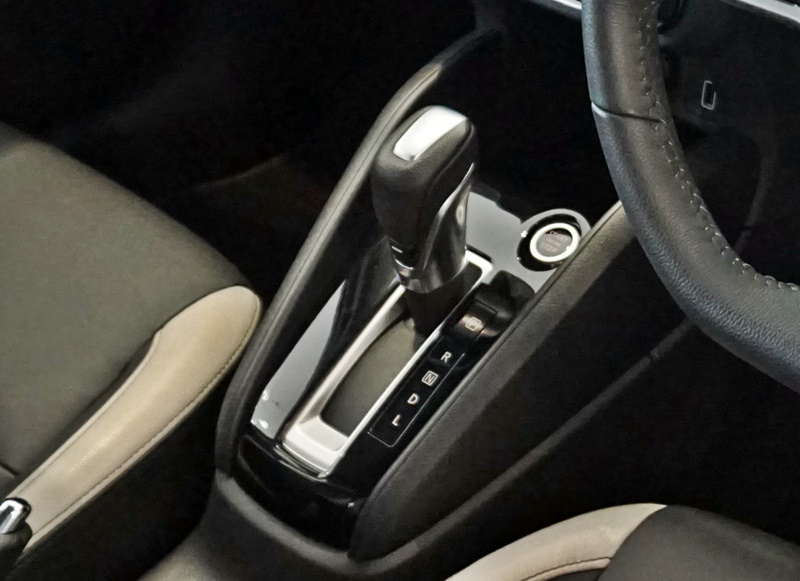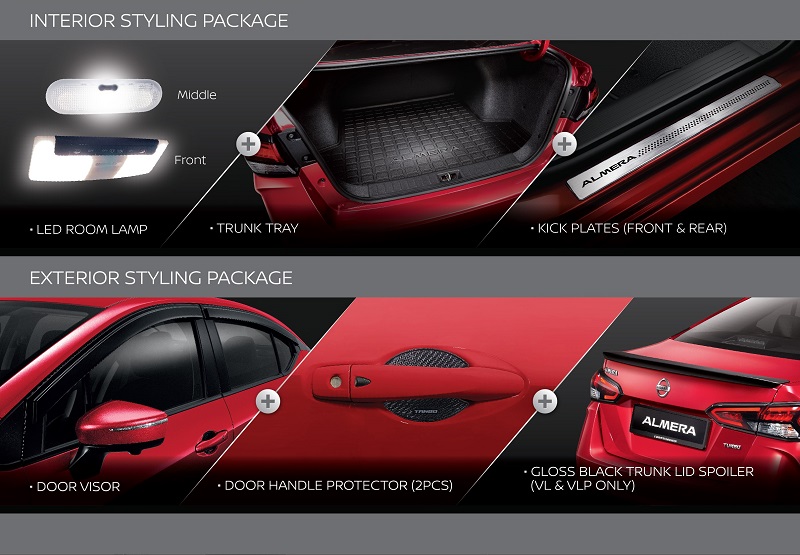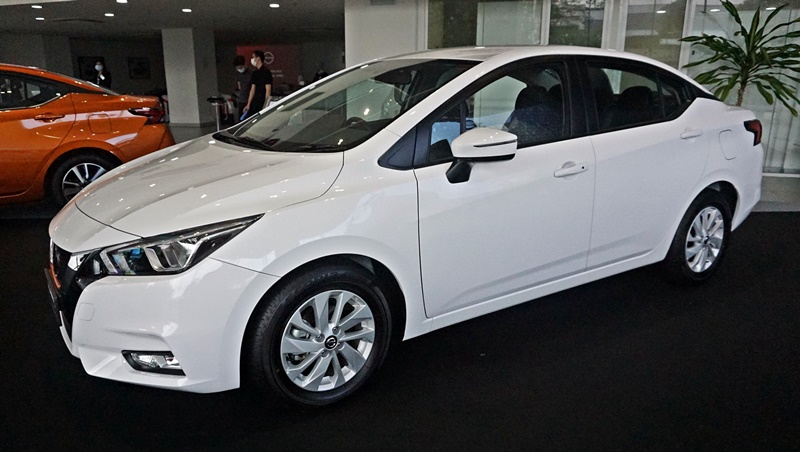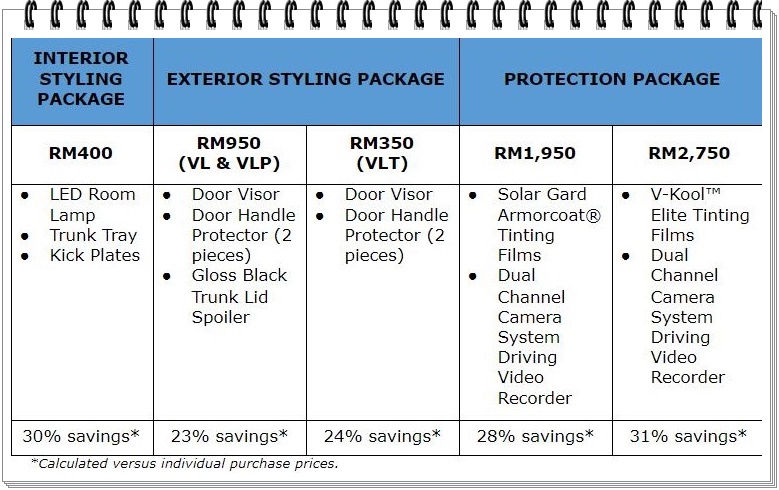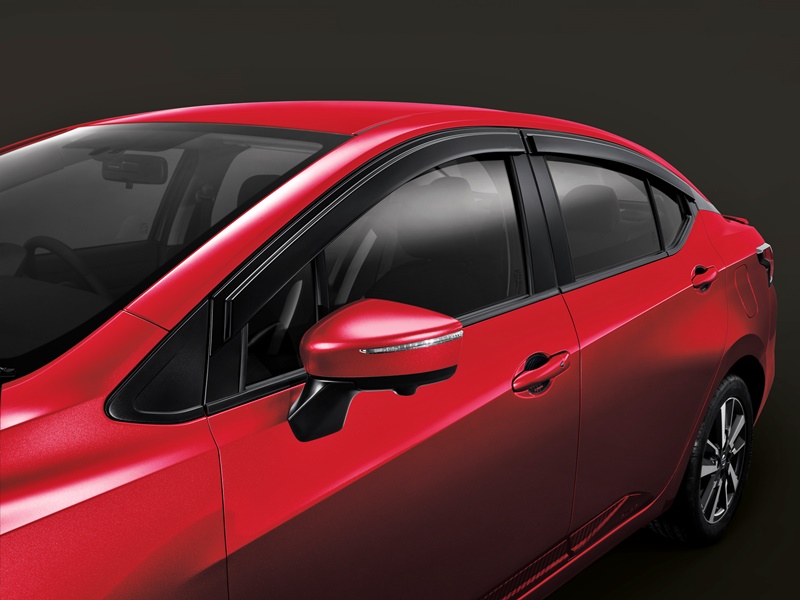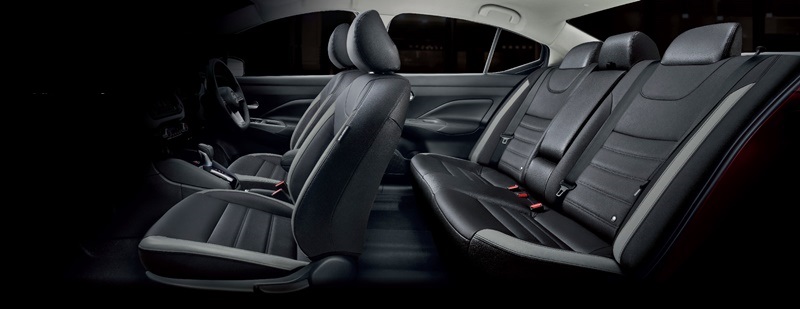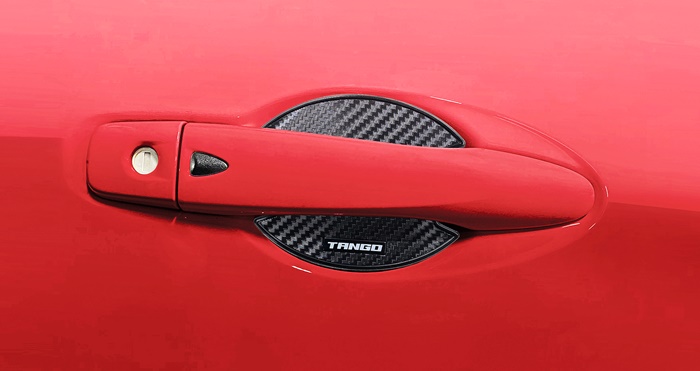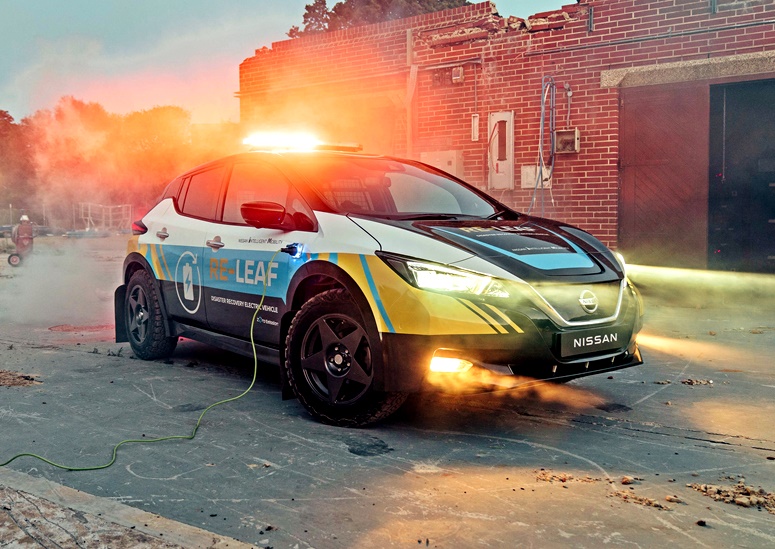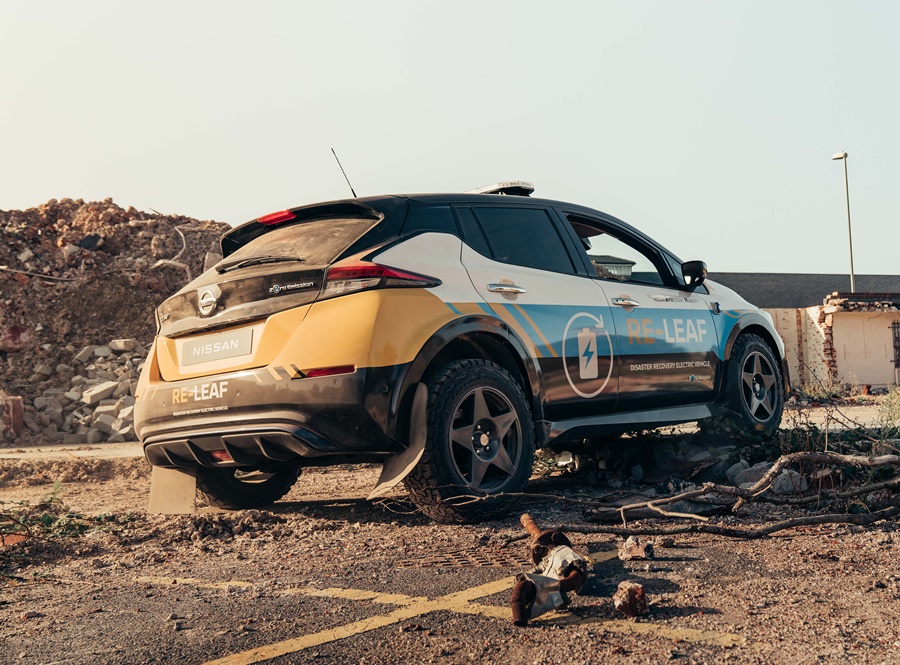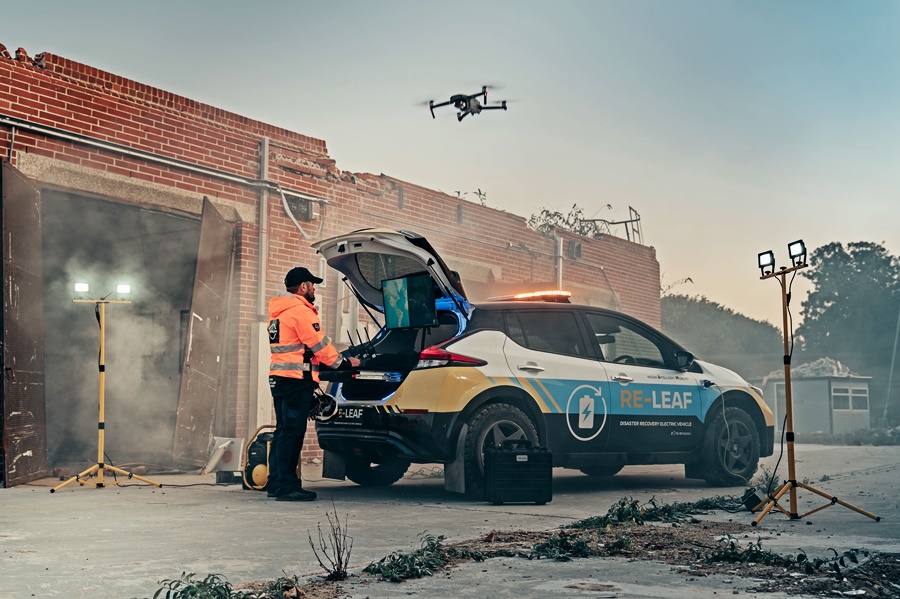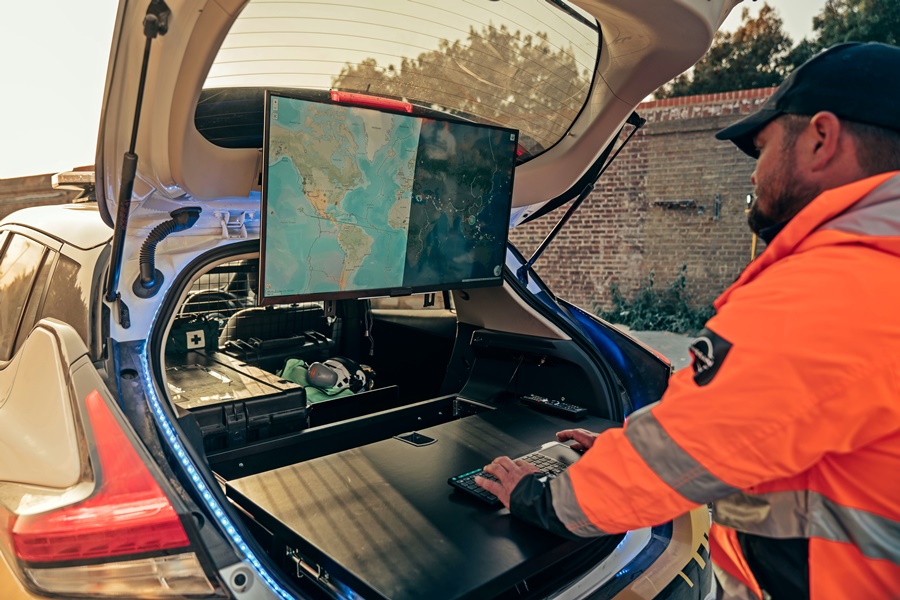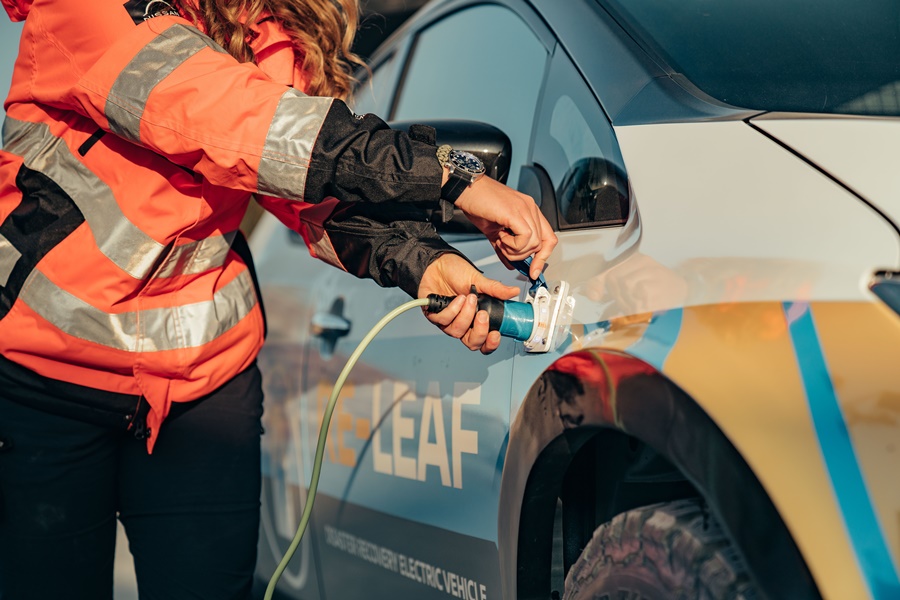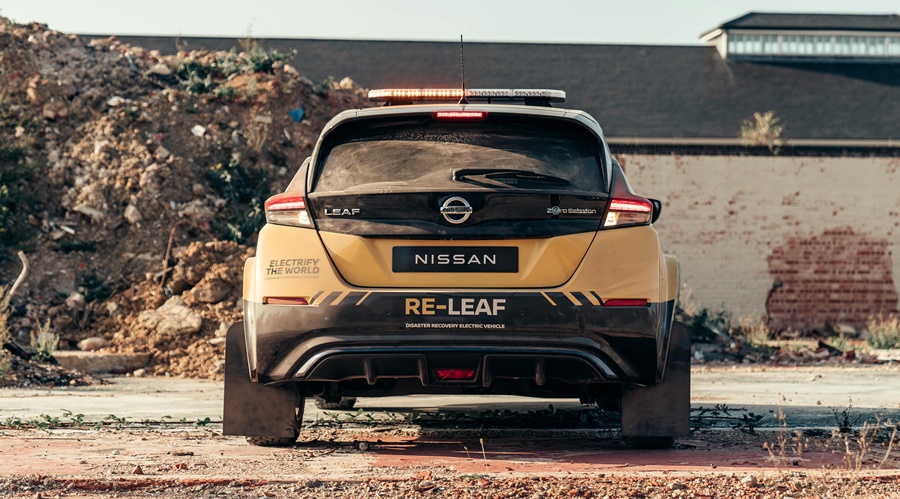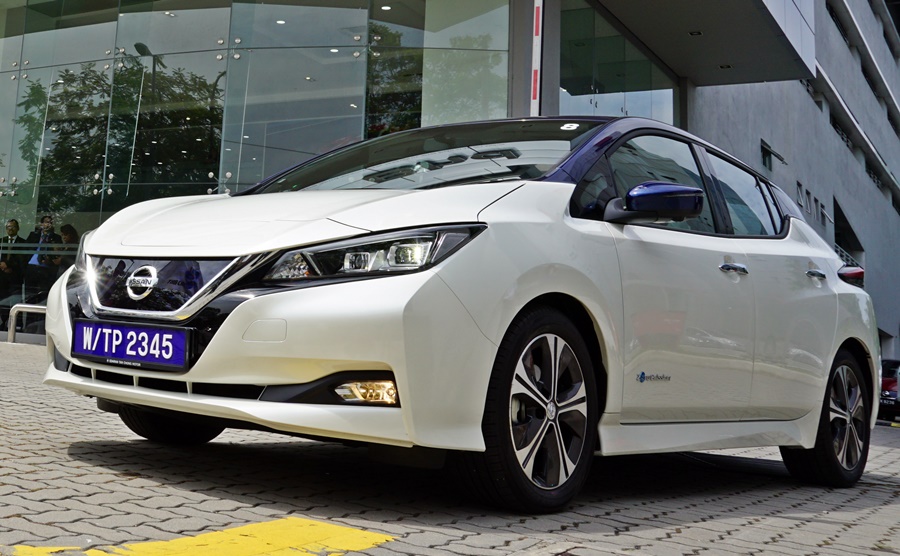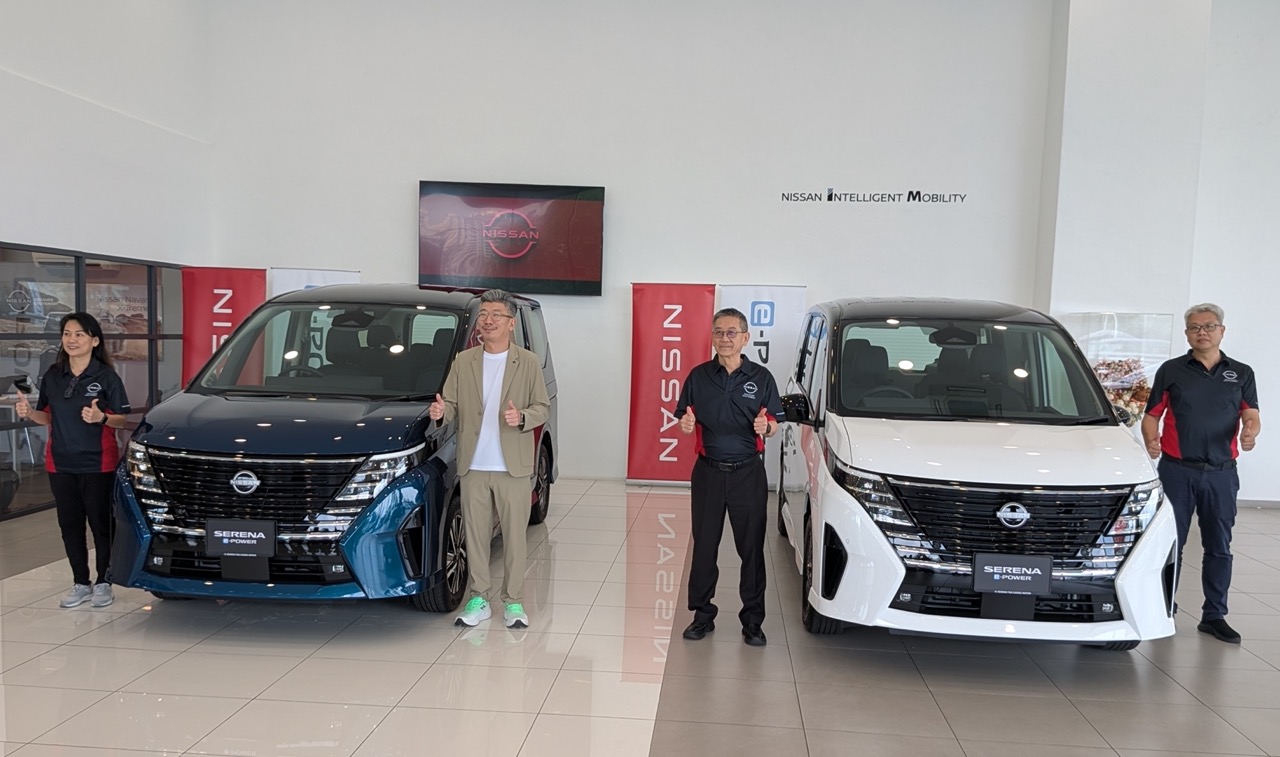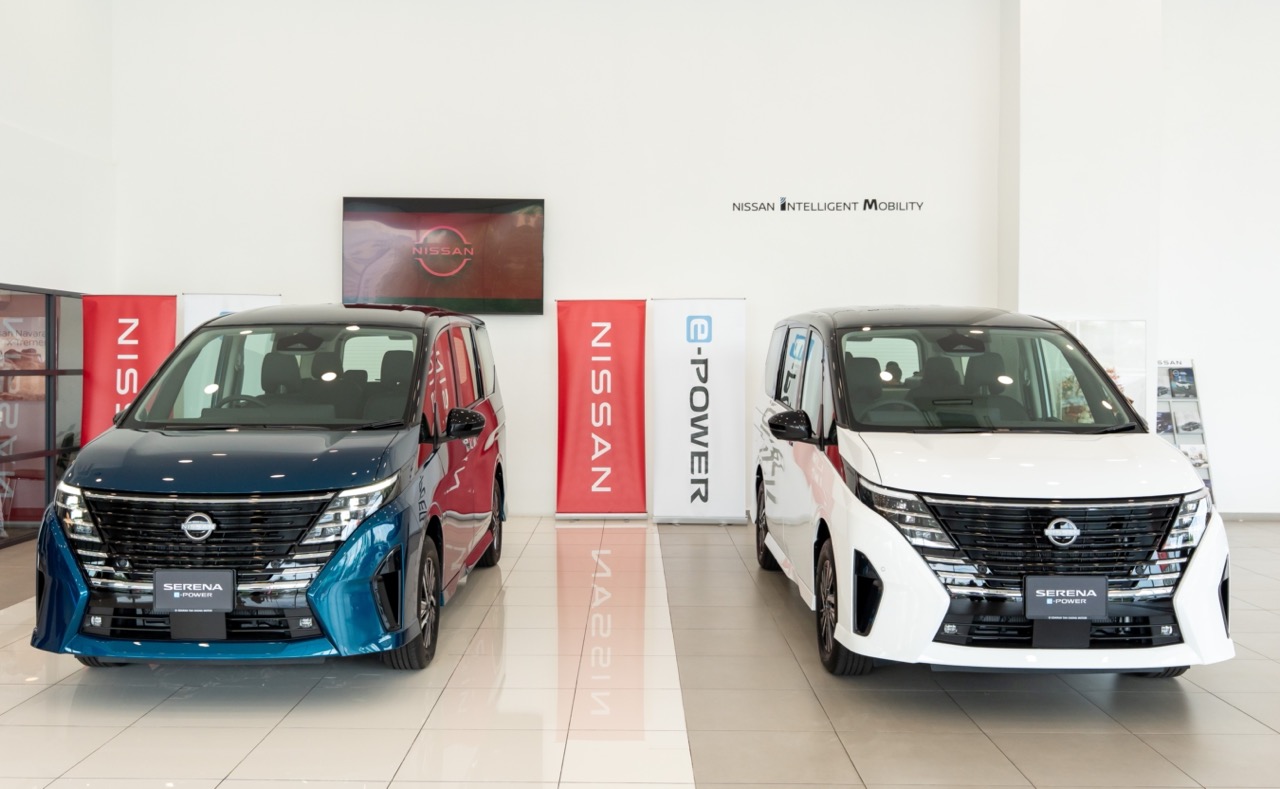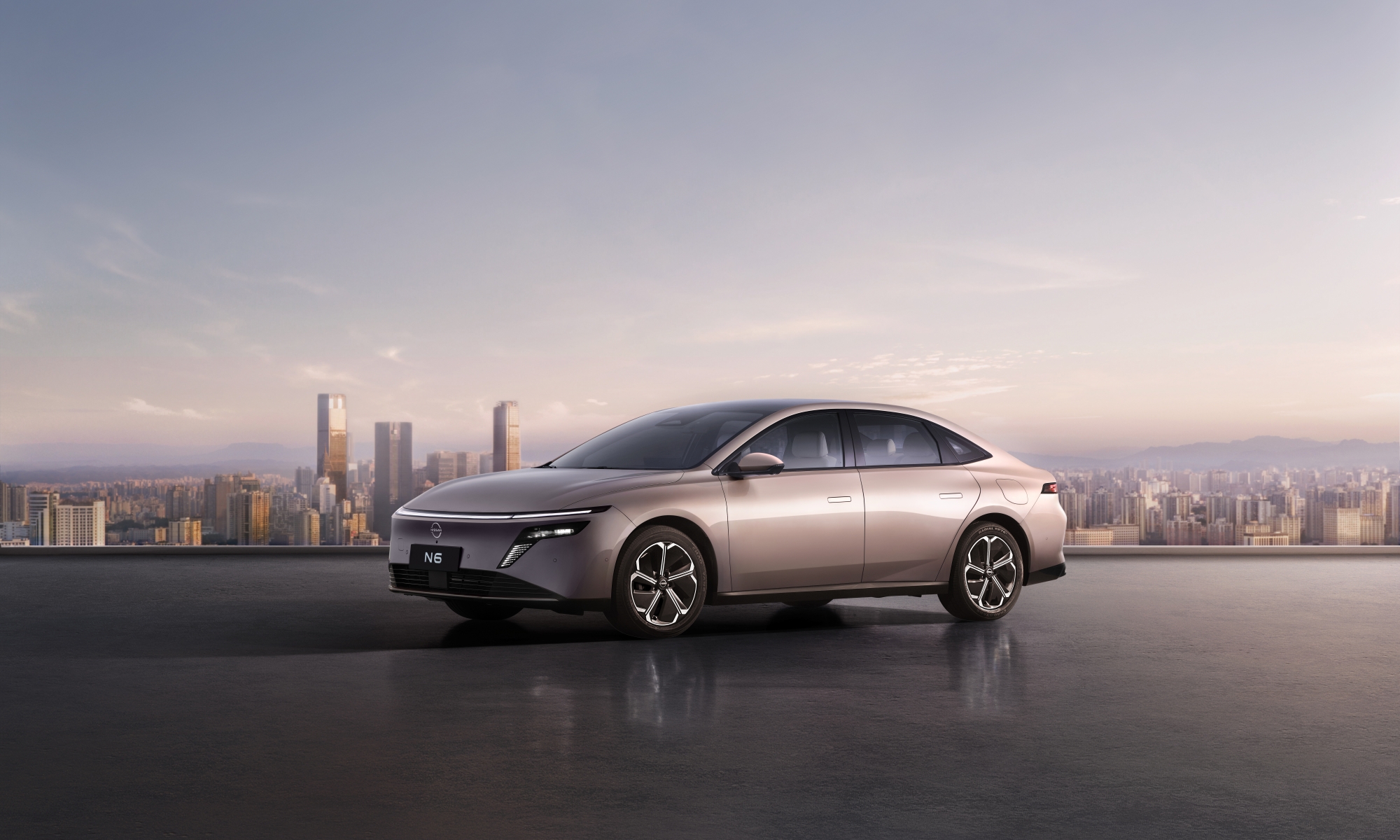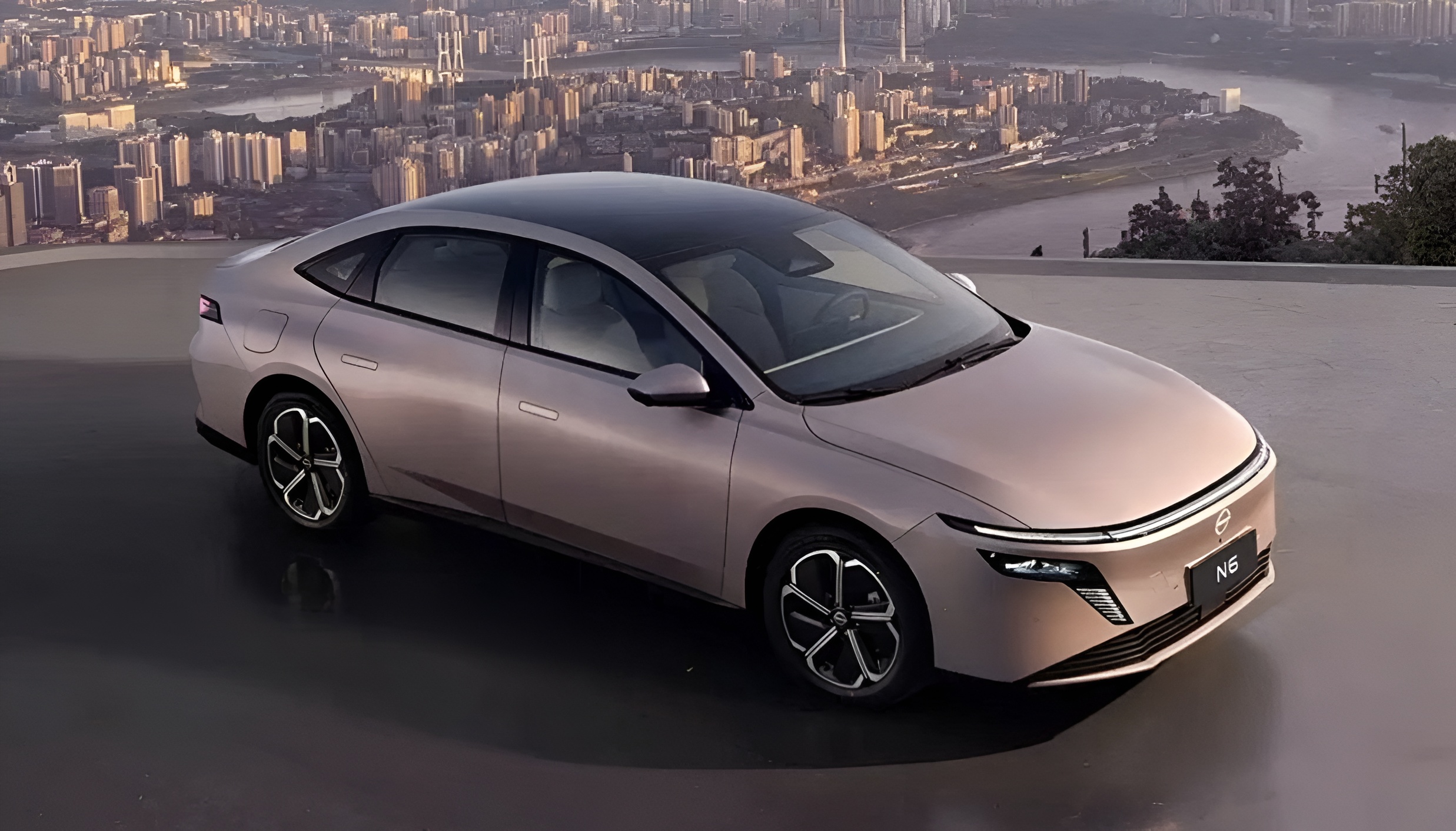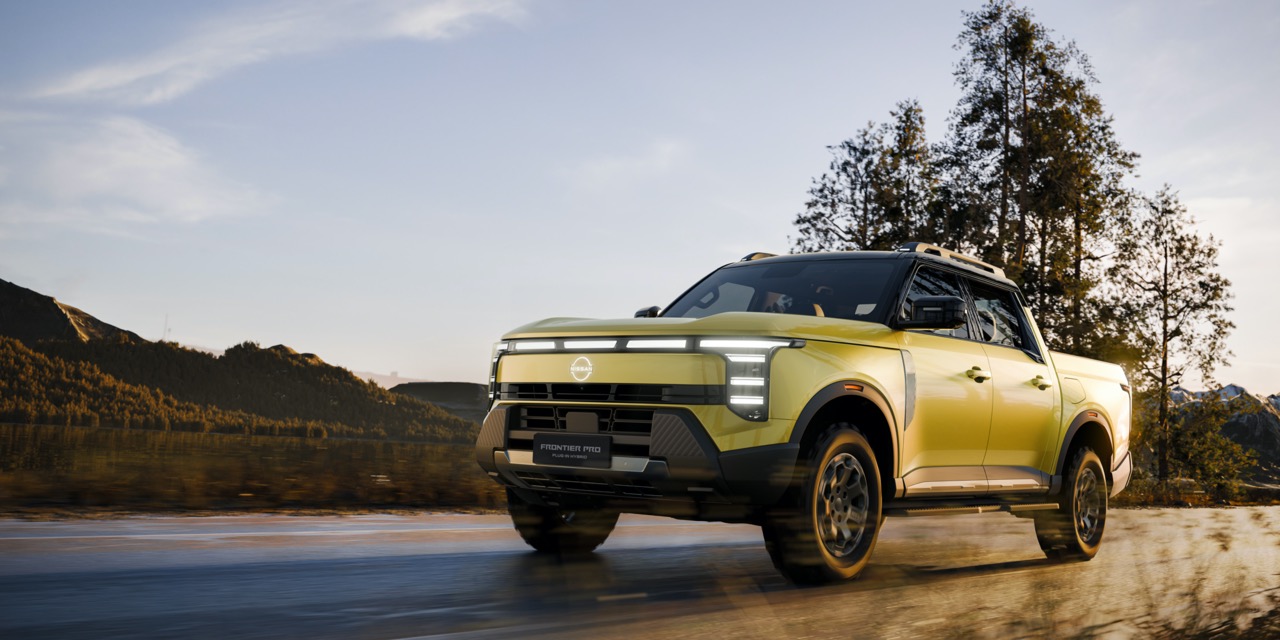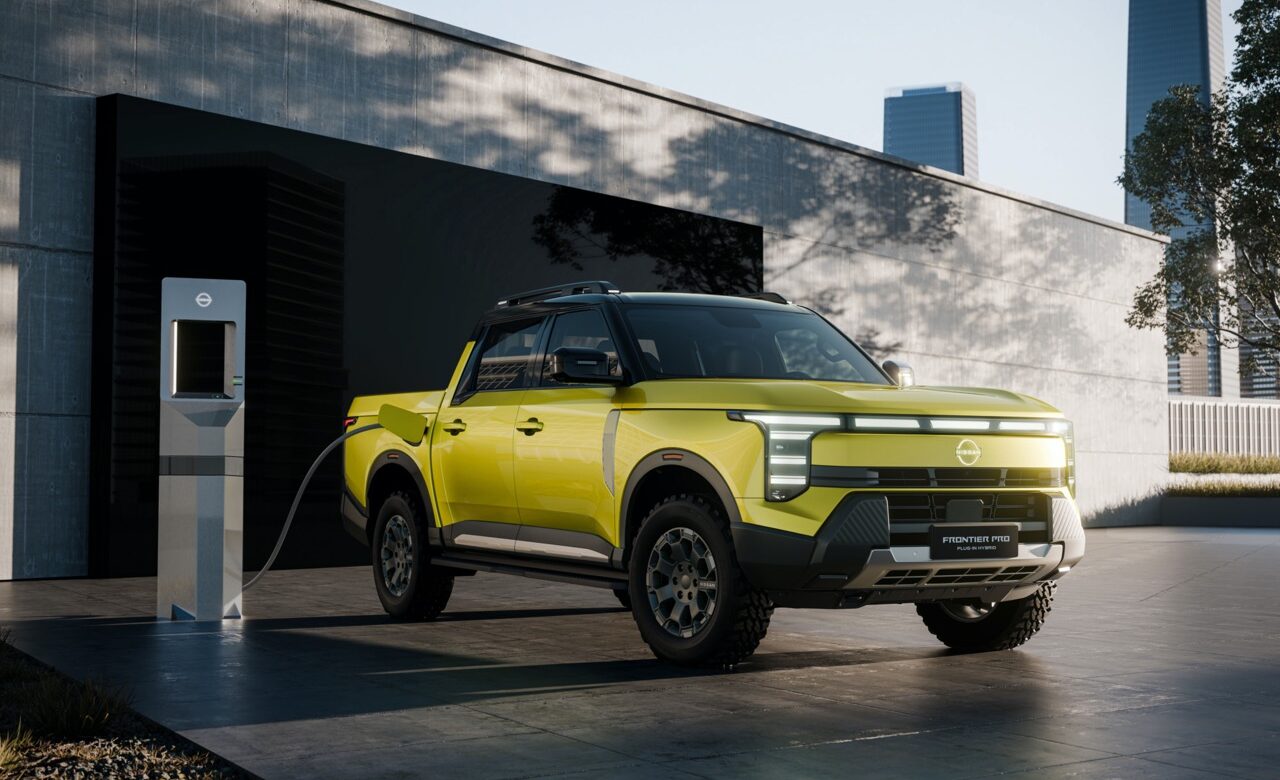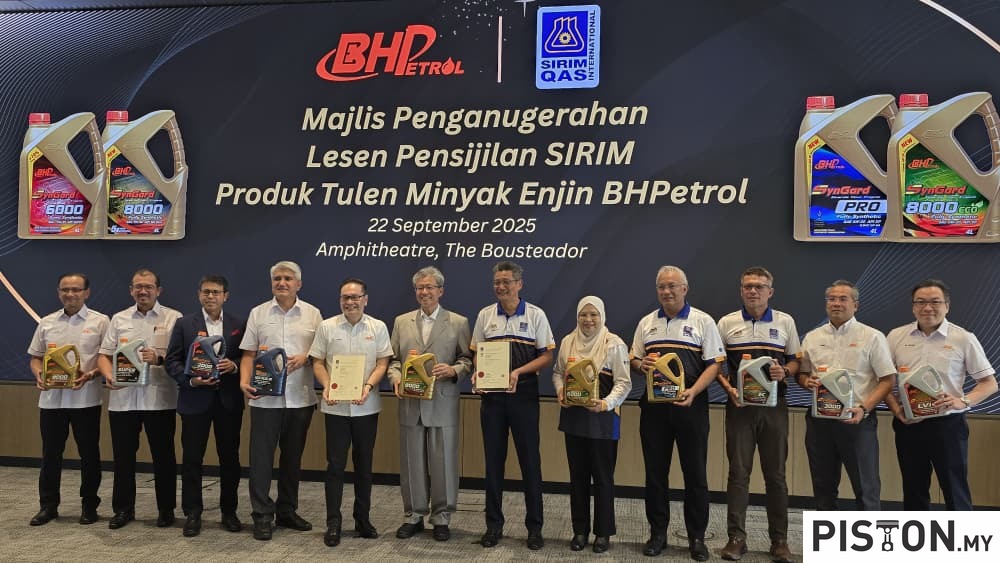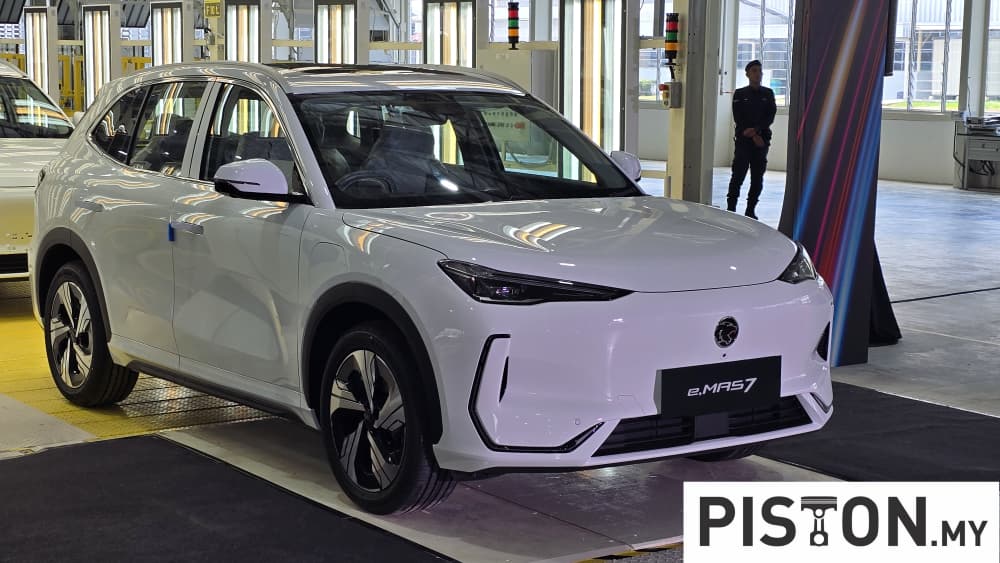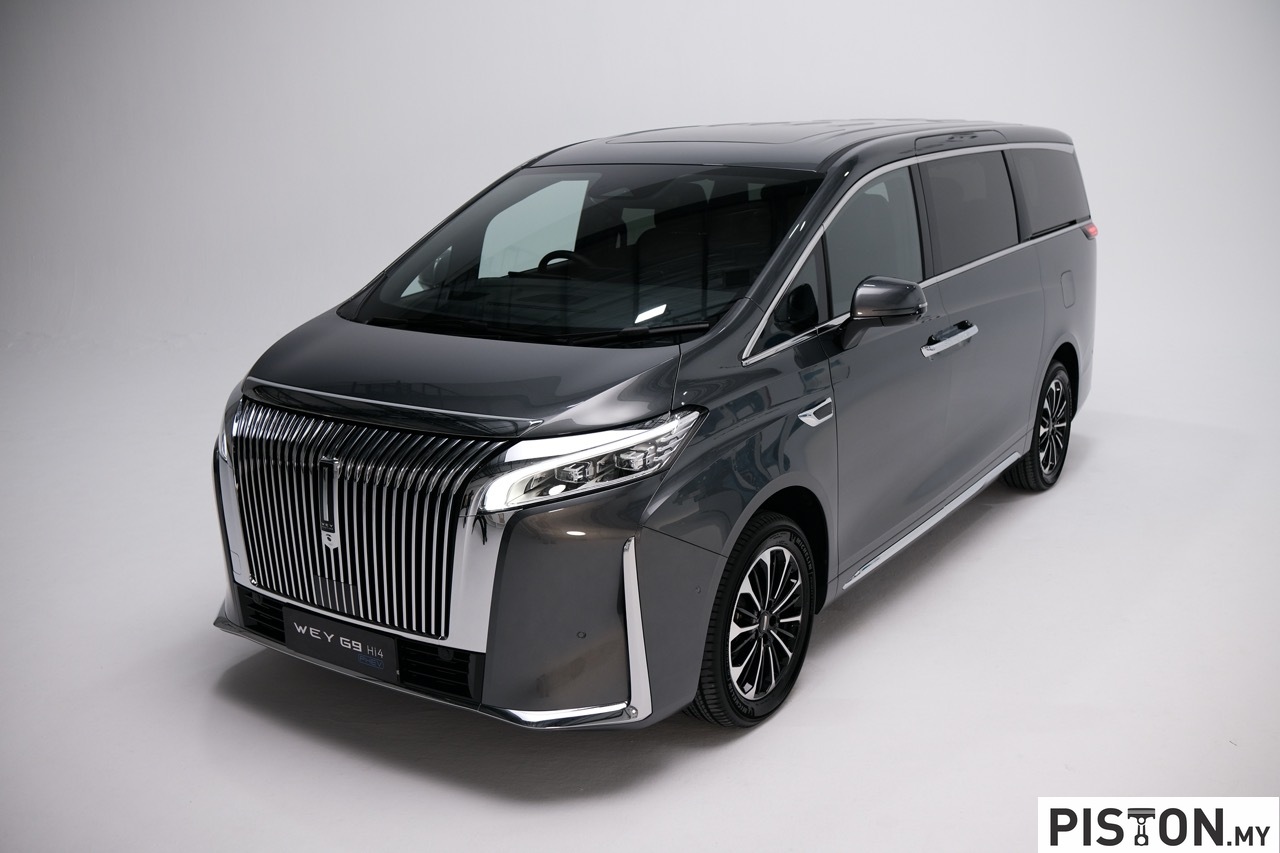
The Nissan Qashqai (the name is derived from that of a community in Iran) has a history going back to 2006 and has been sold under a few names in different parts of the world. It has however been largely associated with the European market and is made in Nissan’s UK plant, so it’s not surprising that the new third generation has its debut in Europe.
As a top-selling vehicle for Nissan in the European market, the Qashqai is the latest to be introduced under the Nissan NEXT transformation plan, which prioritizes sustainable growth and profitability across the company’s global operations. It will go on sale in a number of markets from mid-2021
Striking, elegant exterior design
As with just about every Nissan model since 2015, the new Qashqai has the V-Motion grille which was introduced in the Sport Sedan Concept of 2014. It has become part of the global design language of the brand and integrates well in the latest style of the Qashqai.
The body. With a ‘floating roof’ has a more purposeful stance, with prominent shoulder lines, while the wheelbase has been extended by 20 mm. The LED headlamps are slimmer and sharper, and employ technology that adapts the shape of the beam according to the road conditions and the presence of other road-users. The design of the rear lights creates a 3-D effect, generating a unique visual signature for the model.
The Qashqai is the first model in Europe to use the Alliance CMF-C platform with an entirely new automotive structure and technology architecture. In terms of construction, the body-in-white makes use of more lightweight material, advanced stamping processes and welding techniques to increase strength and reduce weight. For the first time, the rear hatchback door is now made of a composite material, which saves 2.6 kgs. Other advanced manufacturing techniques result in weight savings of 60 kgs while raising structural rigidity by 41%.
With the new CMF-C platform, the Qashqai gets an updated Macpherson strut set-up at the front and rear. The rear suspension features a torsion beam equipped for 2-wheel drive models and a multi-link configuration for all-wheel drive models with 20-inch wheels.
Elevated interior ambience
Connected, comfortable and commanding are the strong features of the cabin and Nissan claims that the Qashqai sets ‘a new segment standard for an elevated feel and enhanced usability’. It has new premium materials and new white ambient lighting which creates a premium and harmonious experience inside the vehicle.
Smart features to make motoring easier include an advanced infotainment system with connected services, in-car wifi for up to 7 devices and NissanConnect Services, which is a dedicated app to control and monitor the vehicle.
A new high-definition, fully electronic 12.3-inch TFT multi-information screen offers a choice of configurable layouts to display navigation, entertainment, traffic or vehicle information, controlled from a new tactile dial switch on the steering wheel. The TFT’s digital background has a Japanese Kiriko cut glass motif that references Nissan’s Japanese DNA.
A new 10.8-inch Head-Up Display (HUD) projects key navigation, driver assistance and road information onto the windscreen within the driver’s line of vision, allowing drivers to maintain their focus on the road for more comfort and confidence at the wheel.
There’s also a high resolution 9-inch NissanConnect display screen for navigation, entertainment and viewing vehicle settings. This can be interfaced using Android Auto and Apple CarPlay. Google Assistant and Amazon Alexa home-to-car compatibility are also available.
e-POWER comes to Europe
The Qashqai will be offered with a 12-volt mild hybrid system comprising a 1.3-litre turbocharged engine and a lithium-ion battery pack. The system enables energy regenerated during deceleration to be used while driving to contribute to both fuel economy and CO2 emissions reduction.
The new model also introduces Nissan’s e‑POWER drive system to Europe in a second variant. To meet the typical needs of European consumers and their daily drive, the e-POWER system has been significantly upgraded for the new Qashqai with the adoption of Nissan’s world-first variable compression ratio petrol engine as the dedicated electricity generating unit. The result is a compact, high-output electrified system that, thanks also to the high combustion efficiency of the engine, delivers more efficiency.
PROPilot driver assist system
Besides the array of safety features and tech that offer driver support in a wider array of circumstances, the Qashqai also has ProPILOT with Navi-link to help reduce fatigue and stress. The system, which has the same intuitive controls as ProPILOT, uses navigation data to smoothly assist with driving, especially with sharp cornering and off-ramp exiting. It can provide assistance with acceleration and braking within a single lane on a highway.

